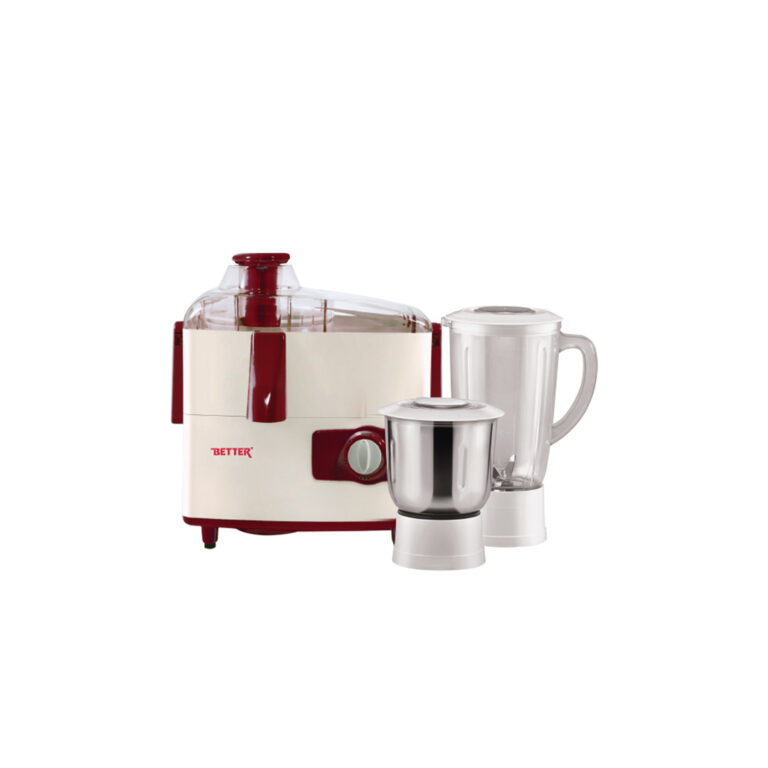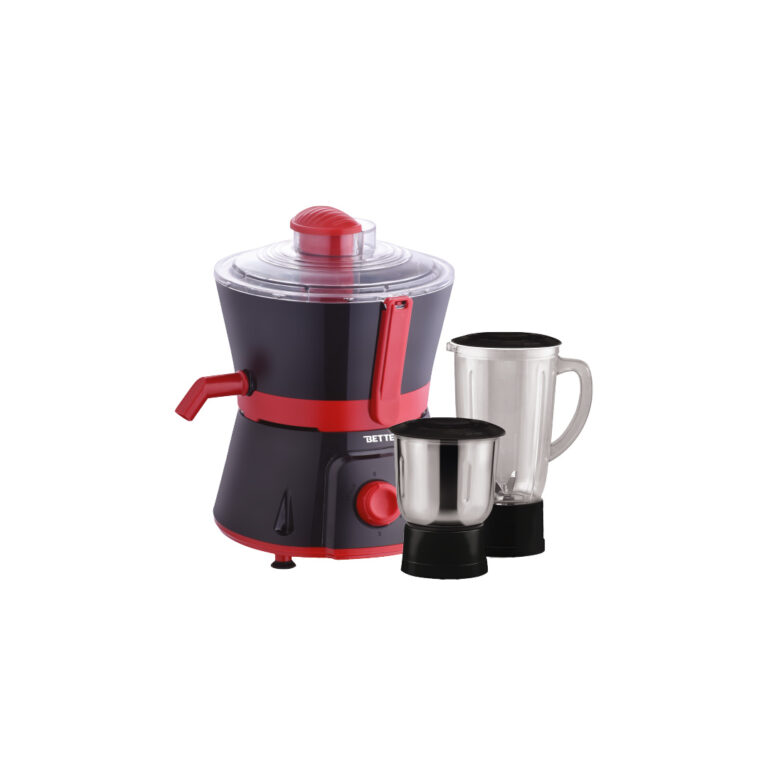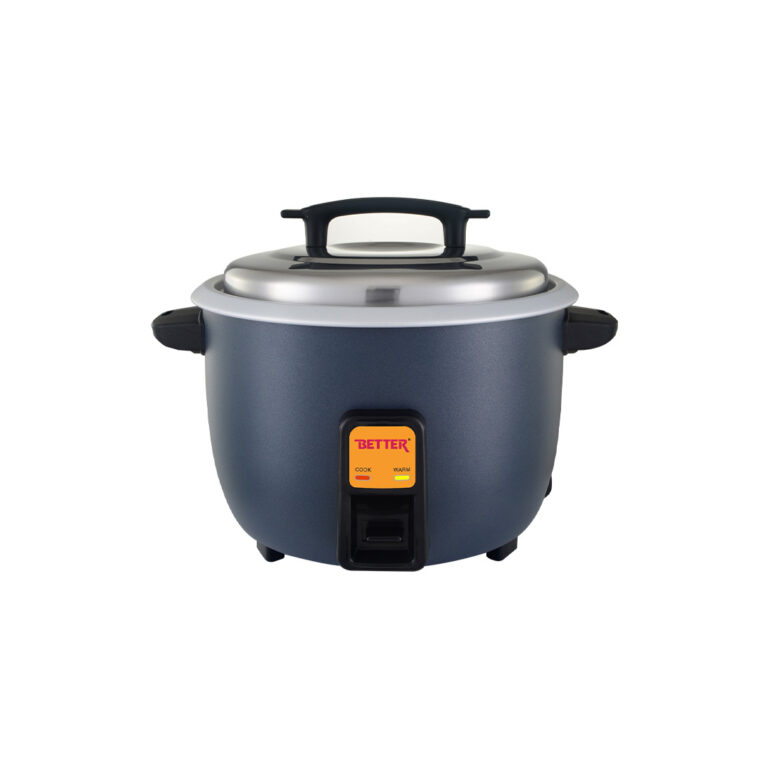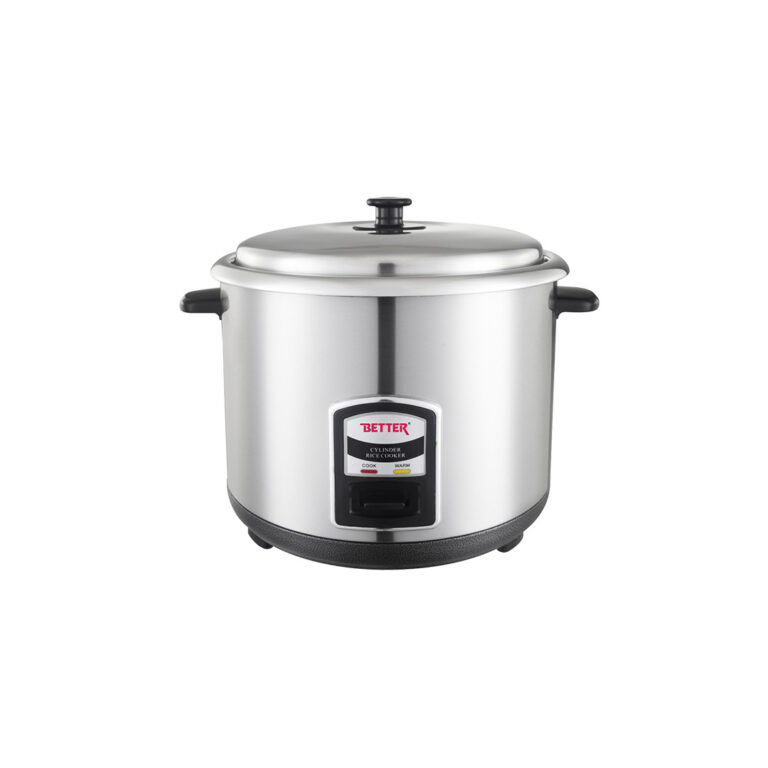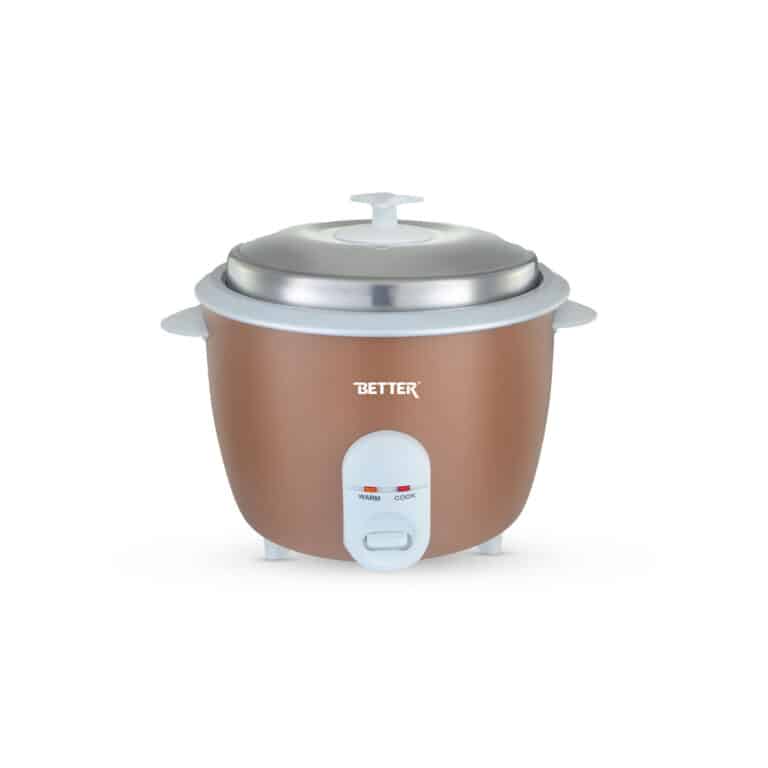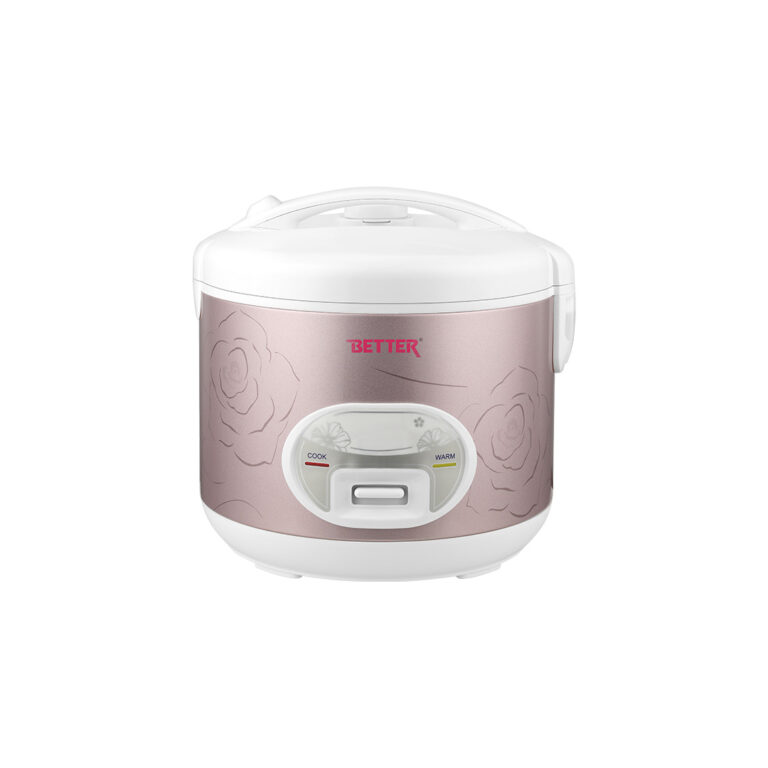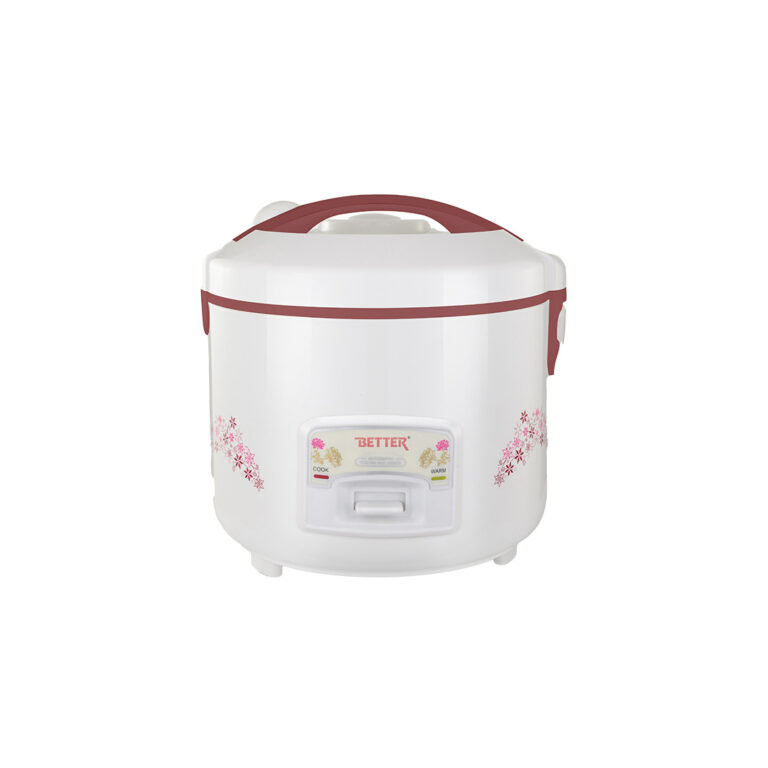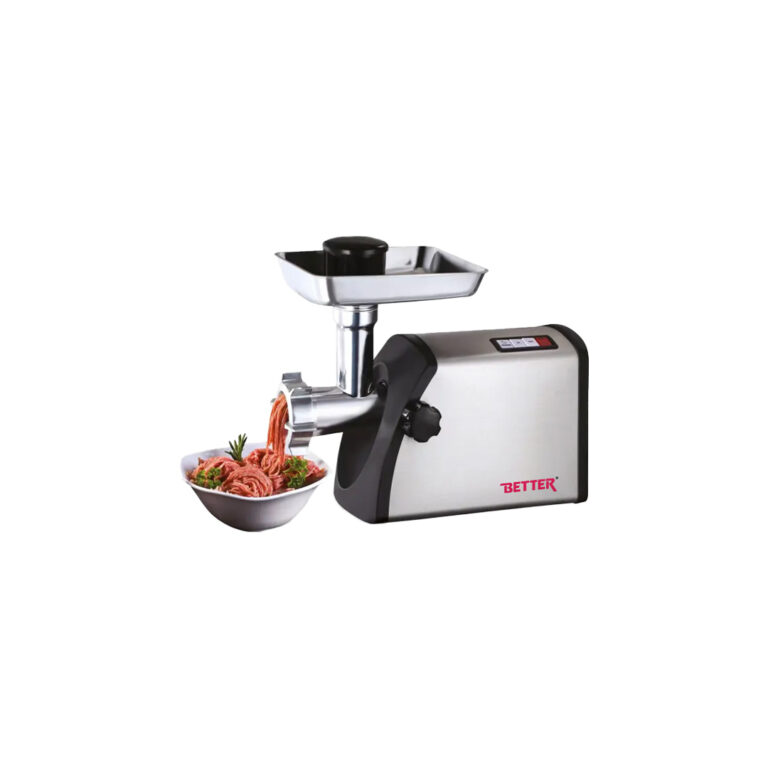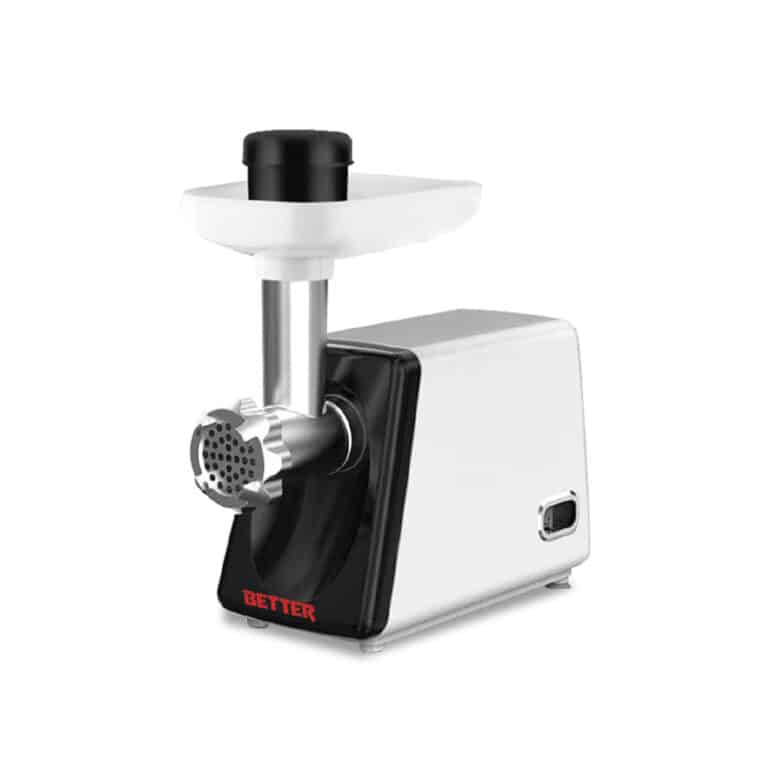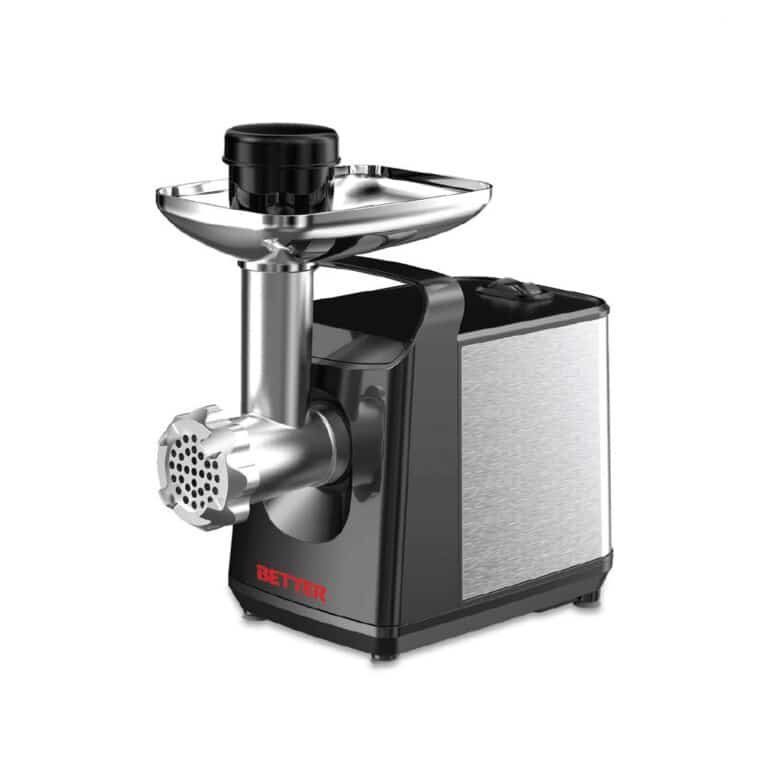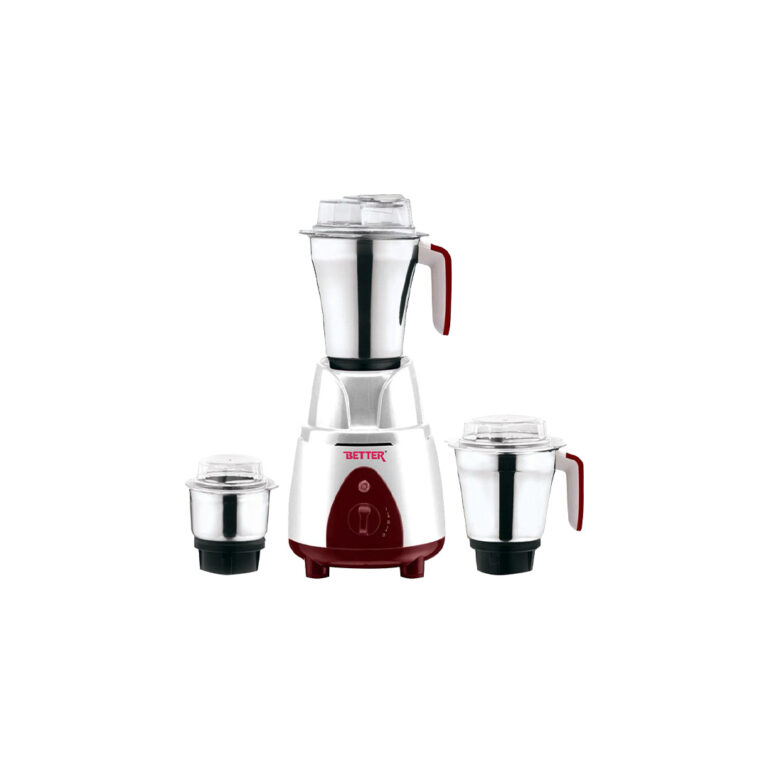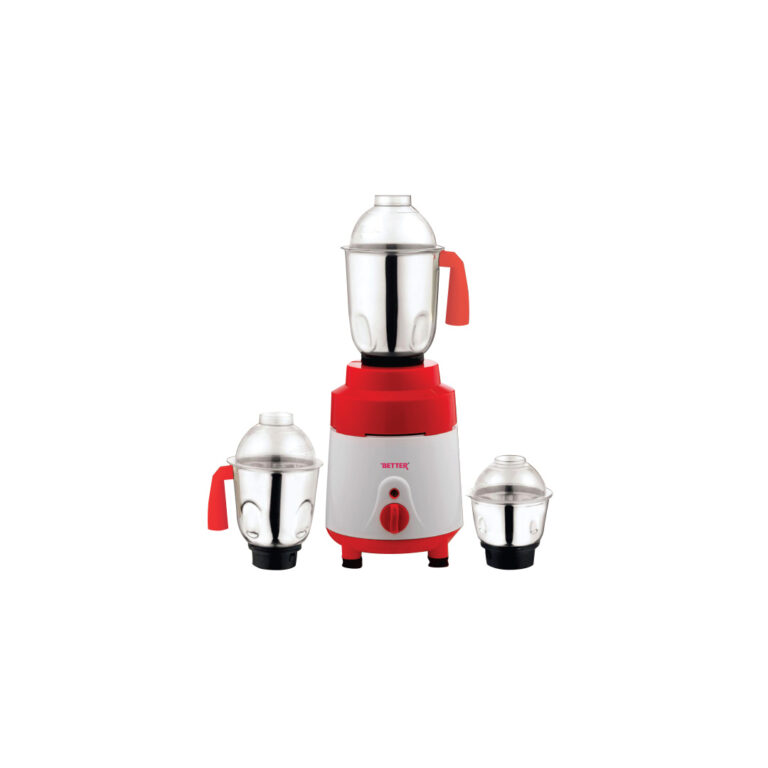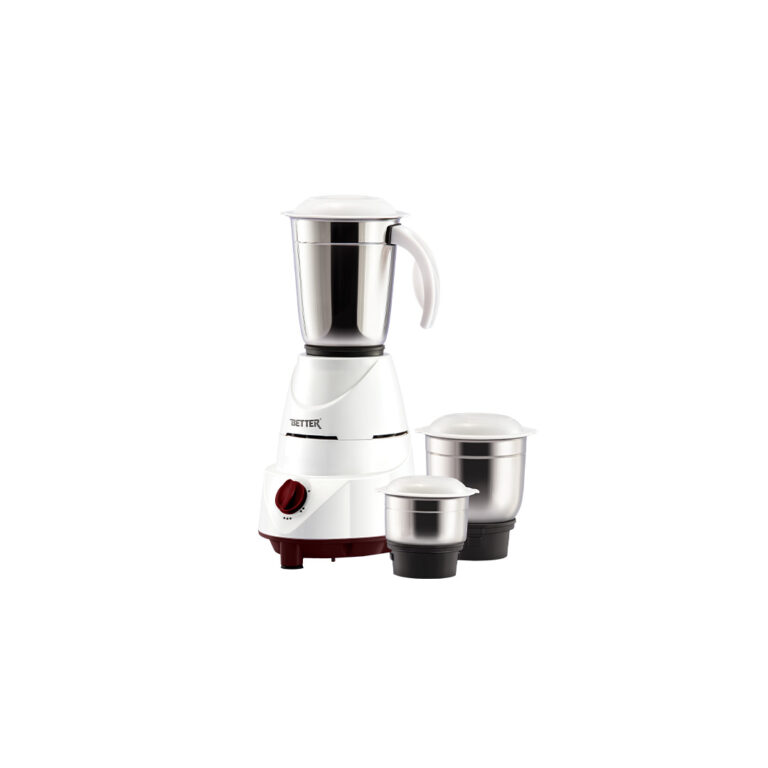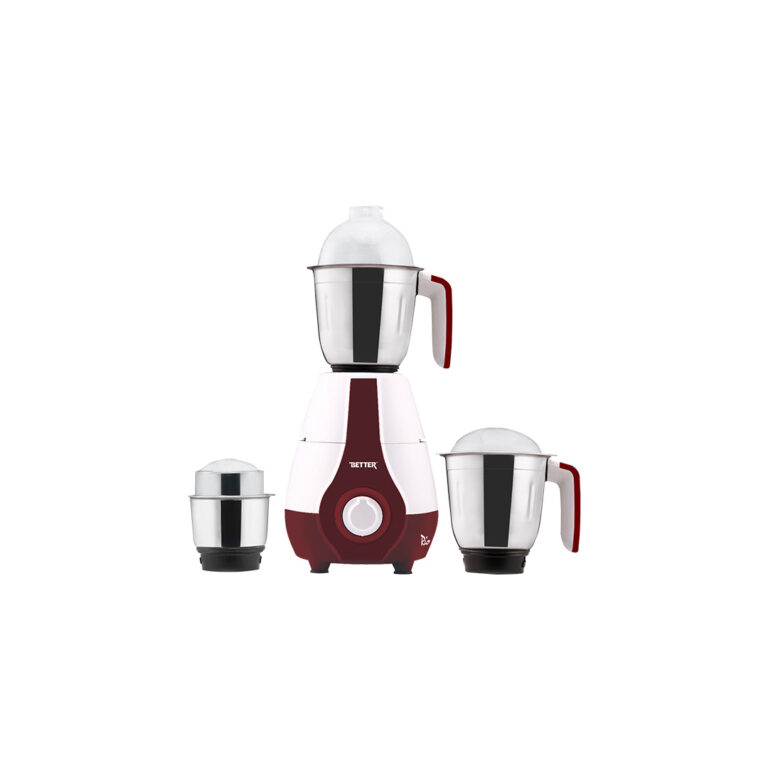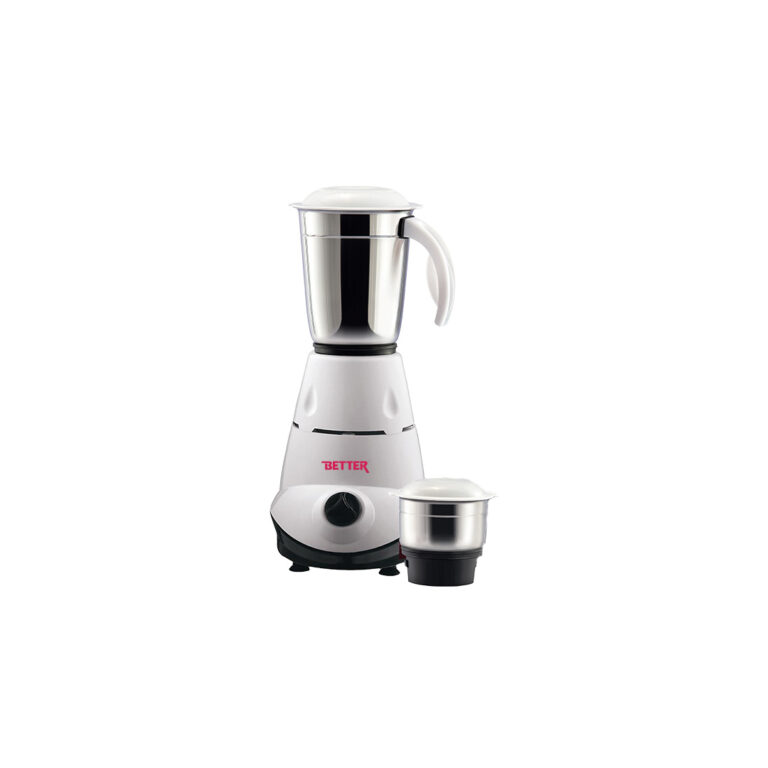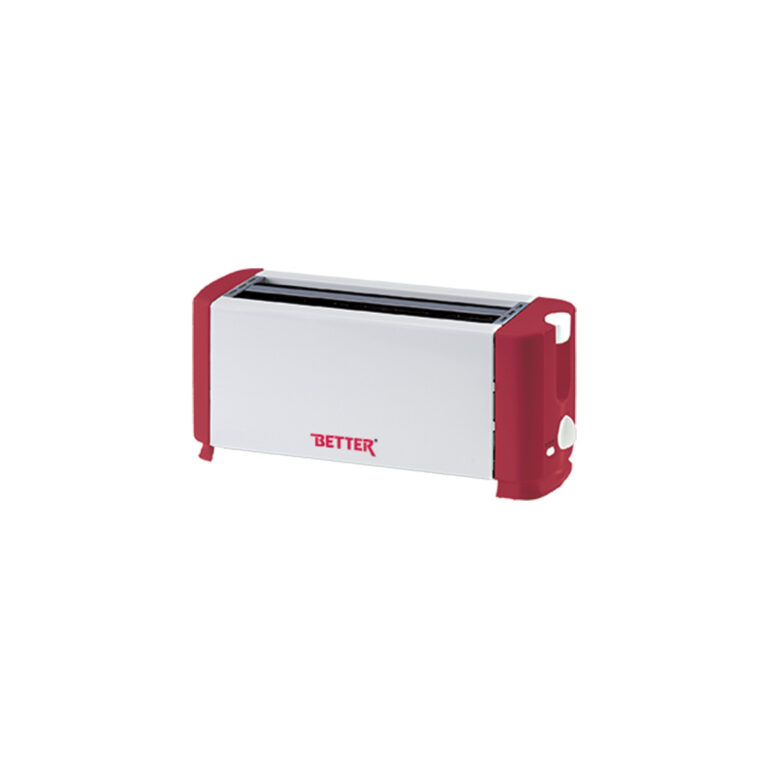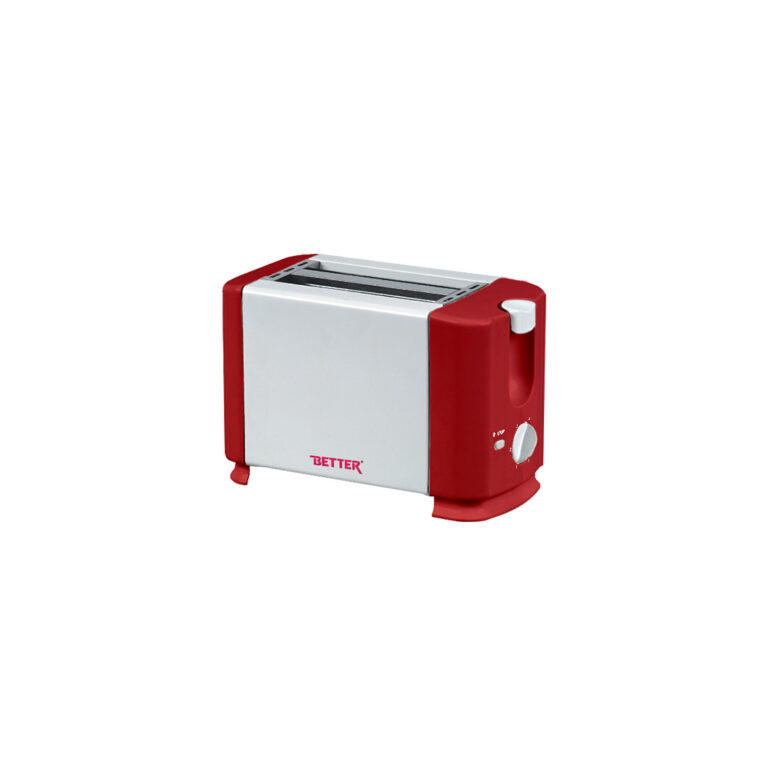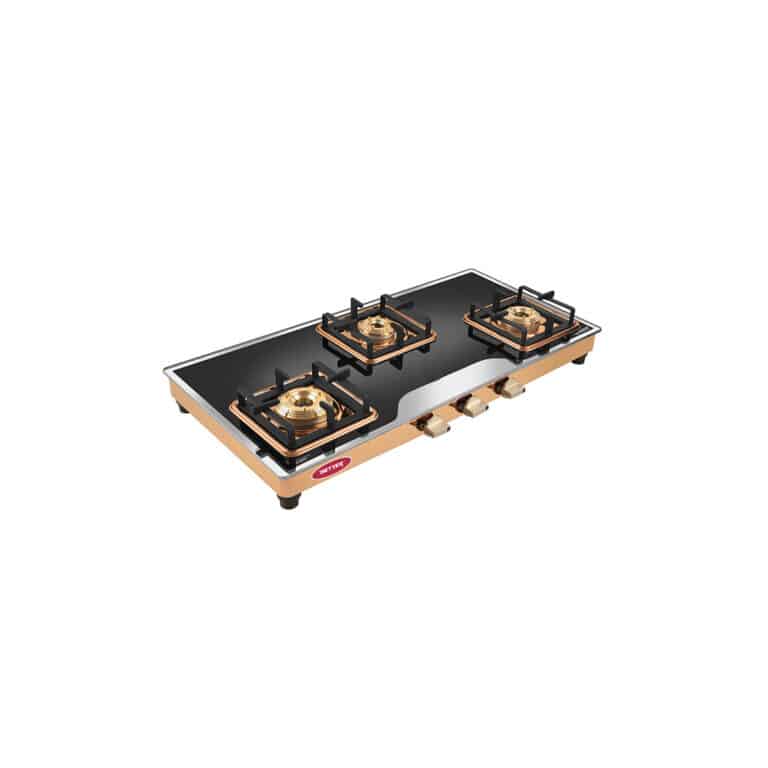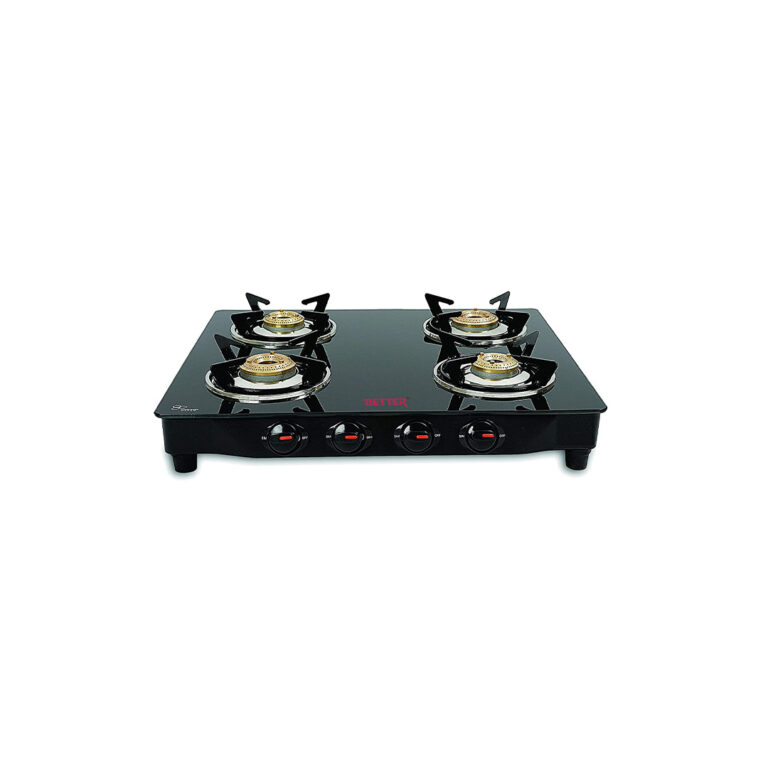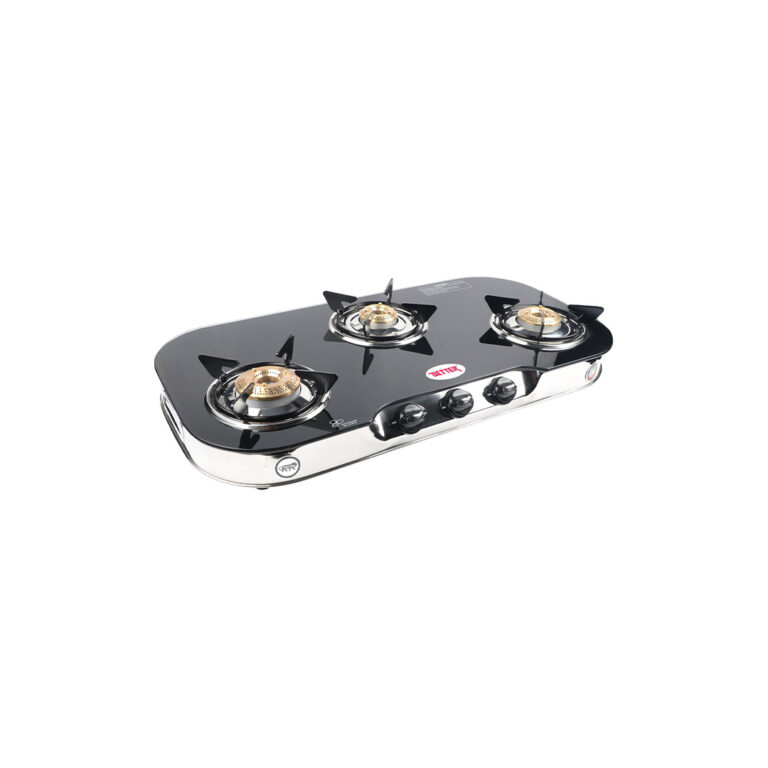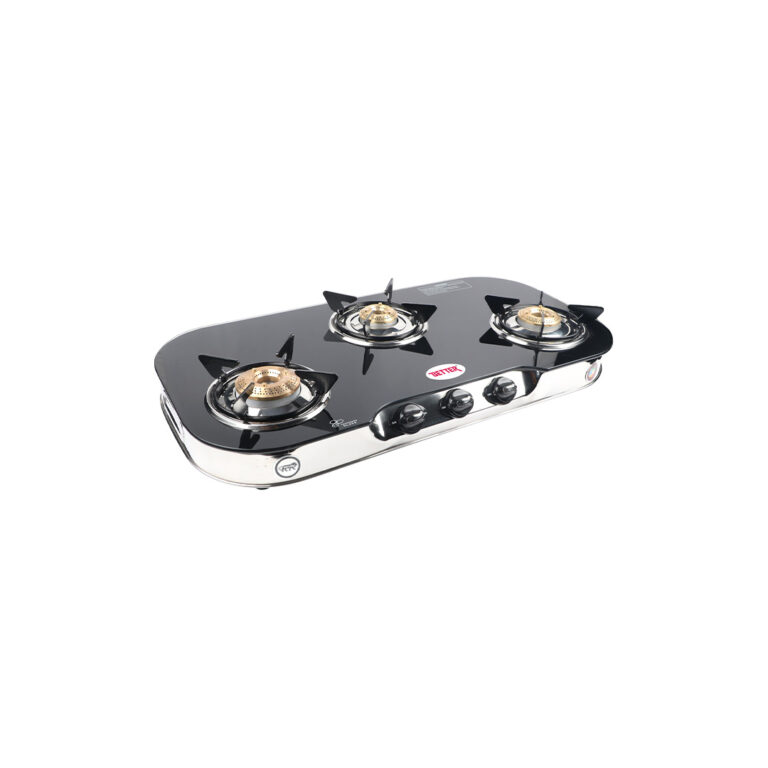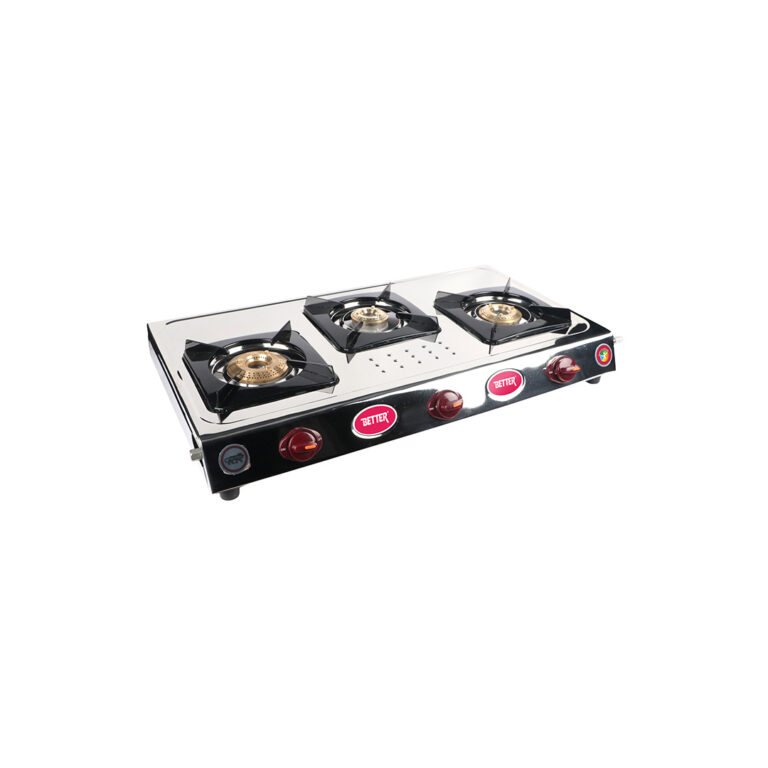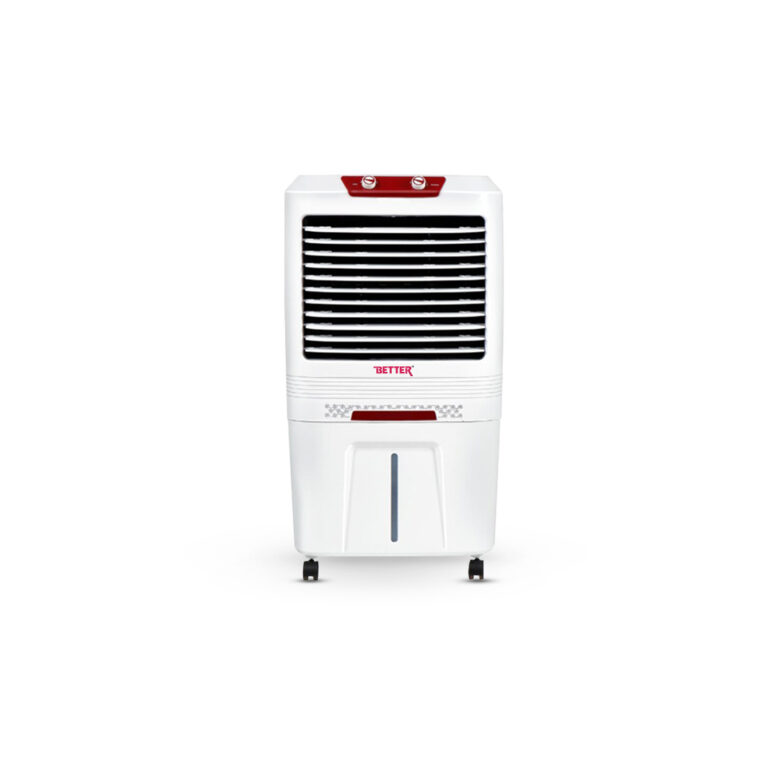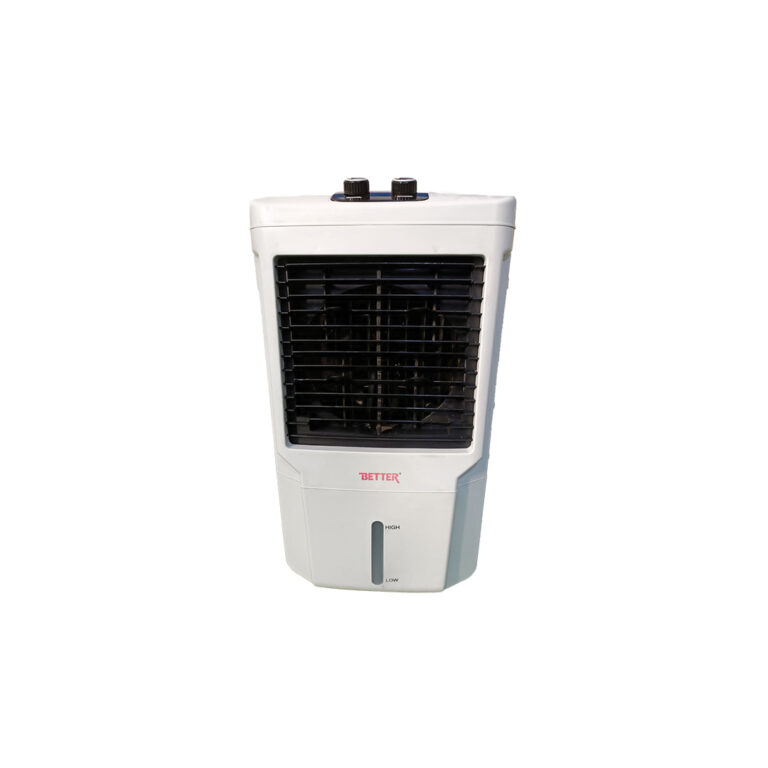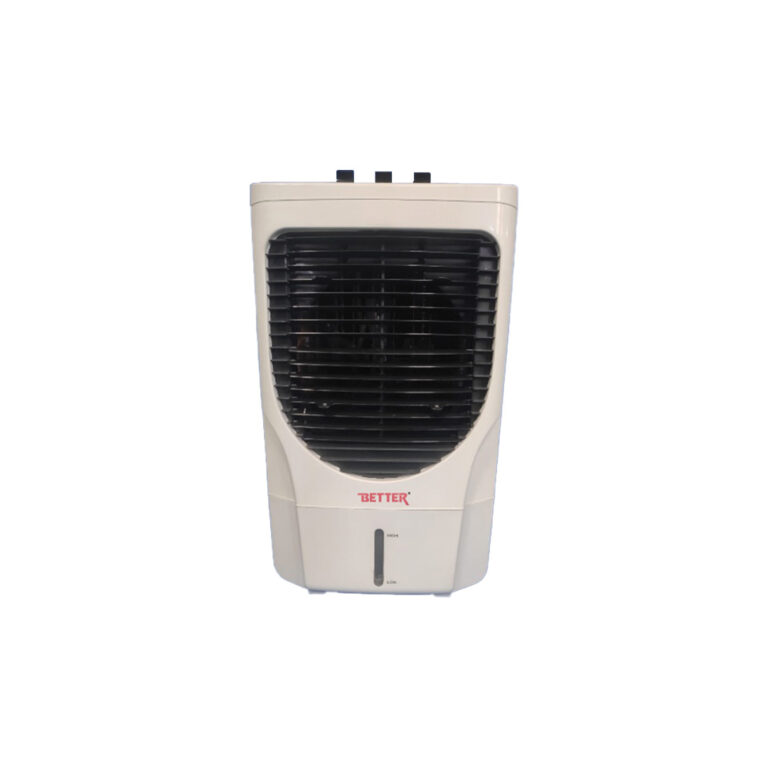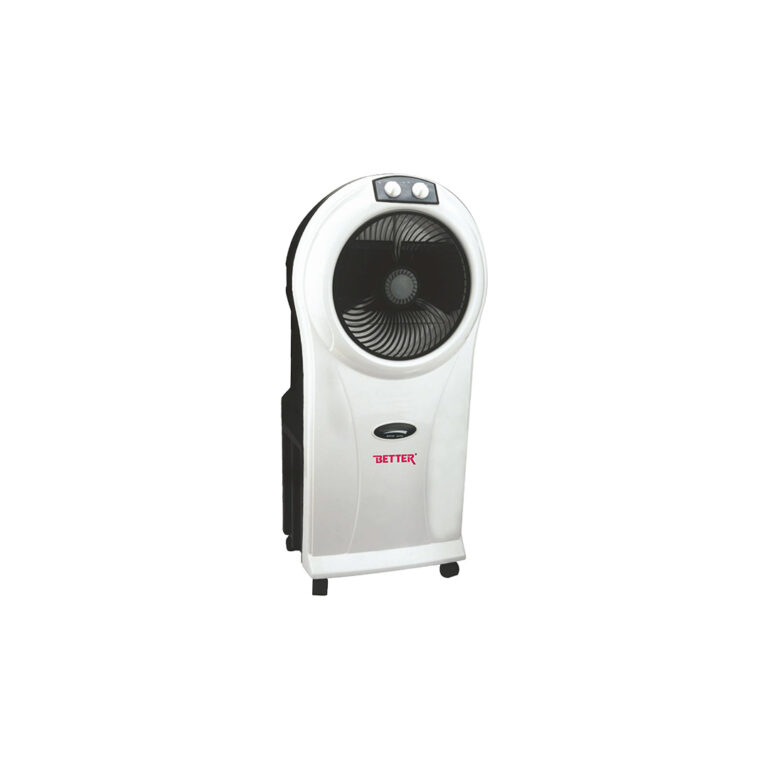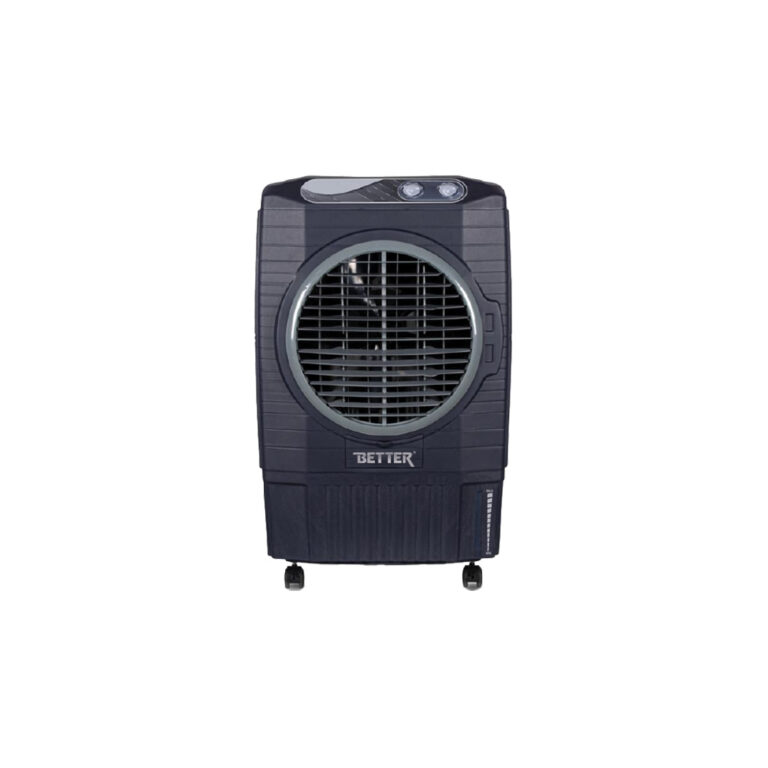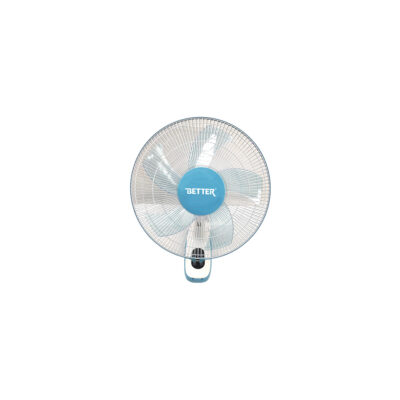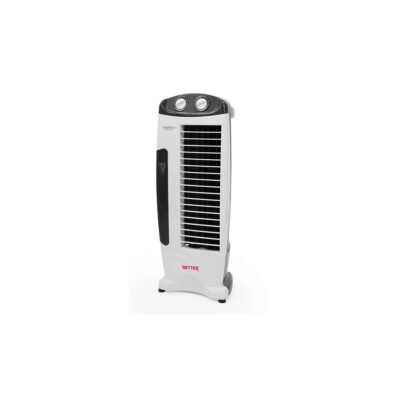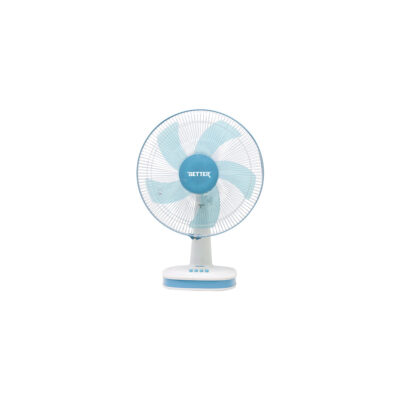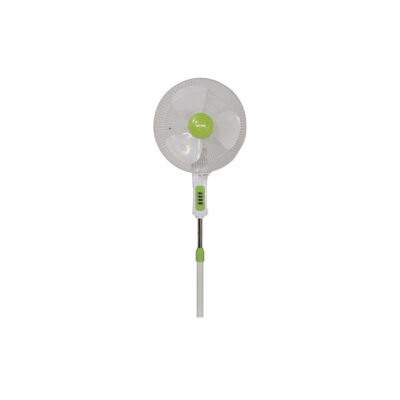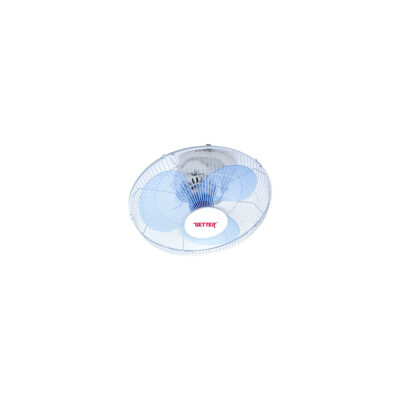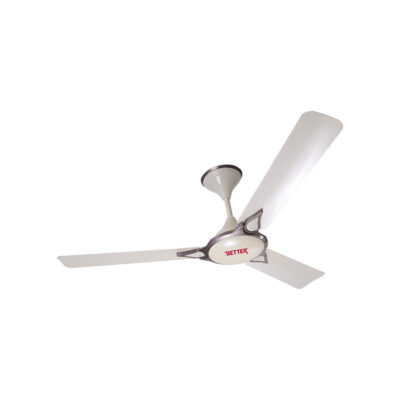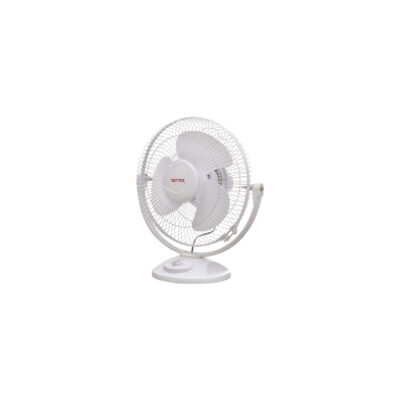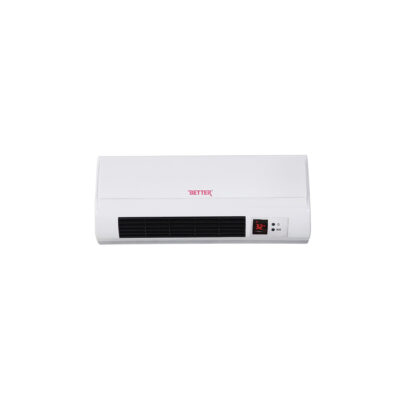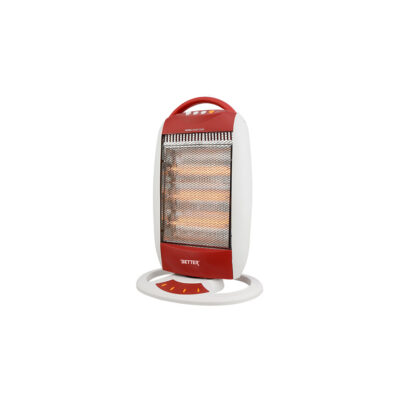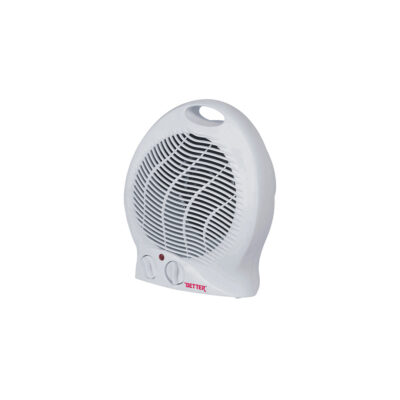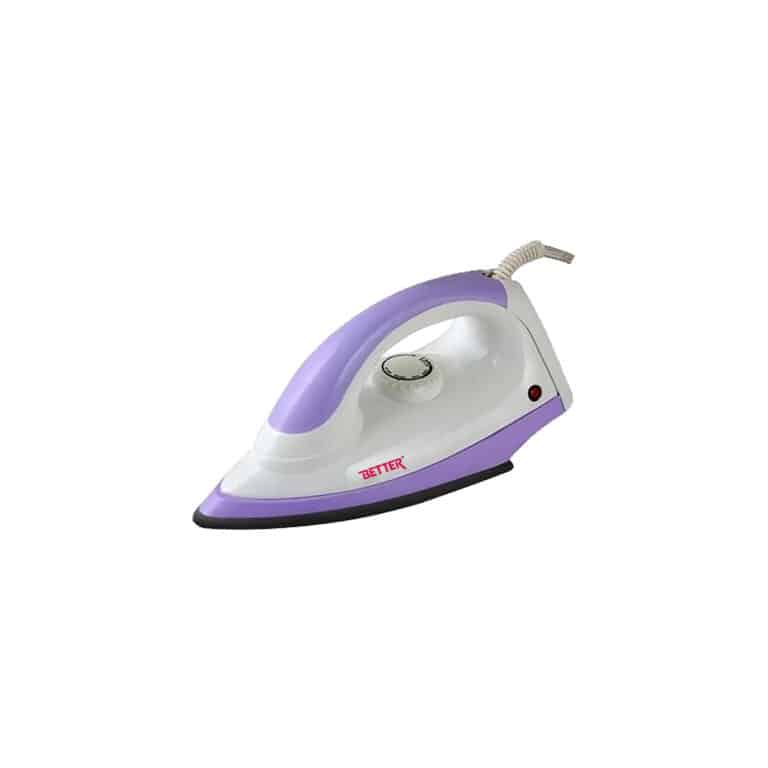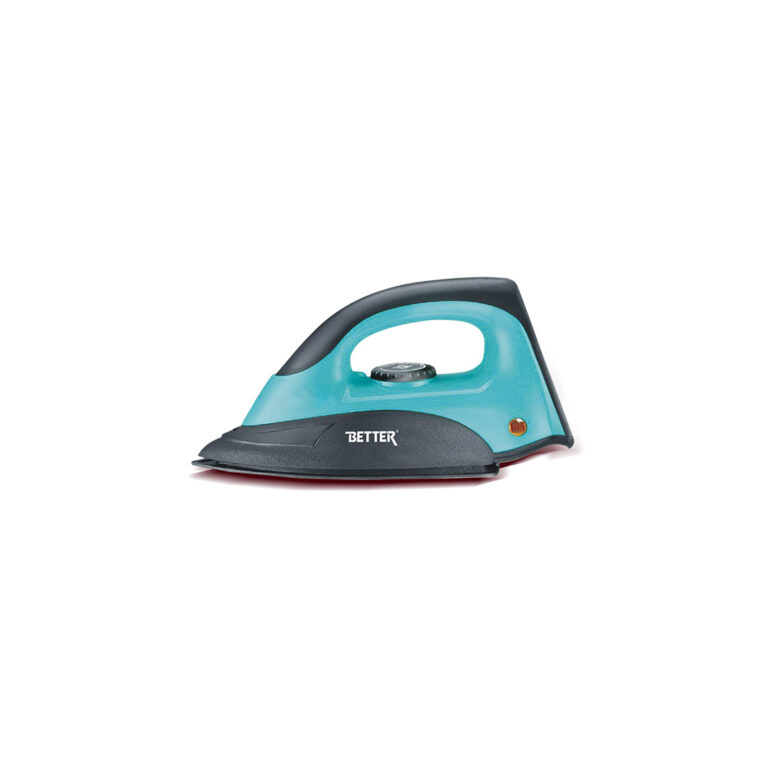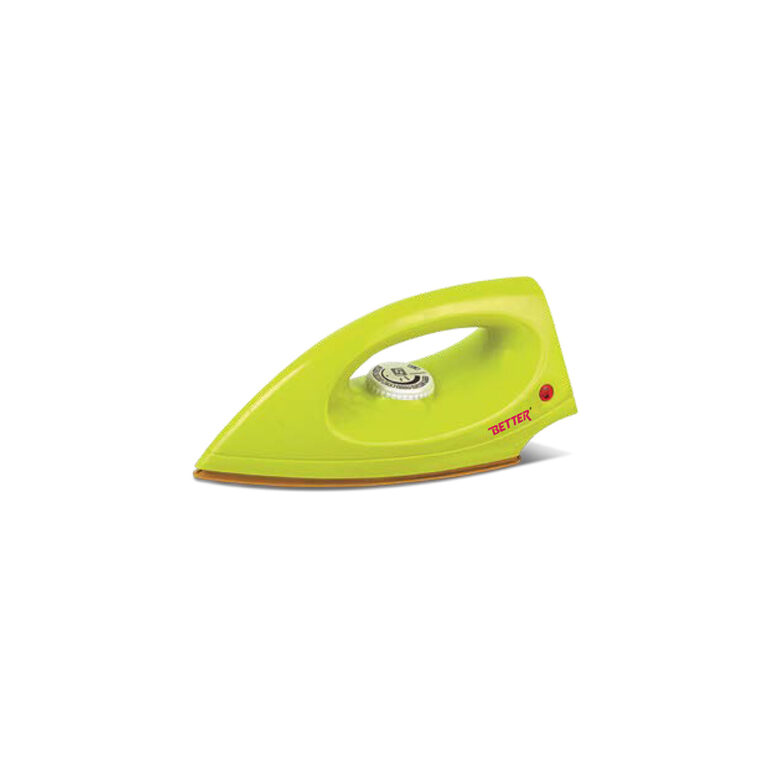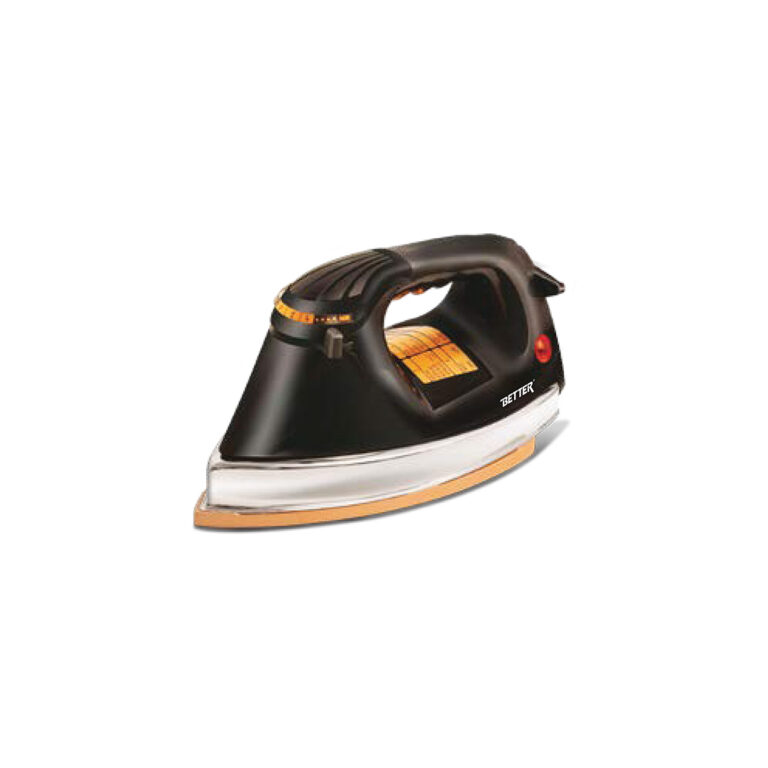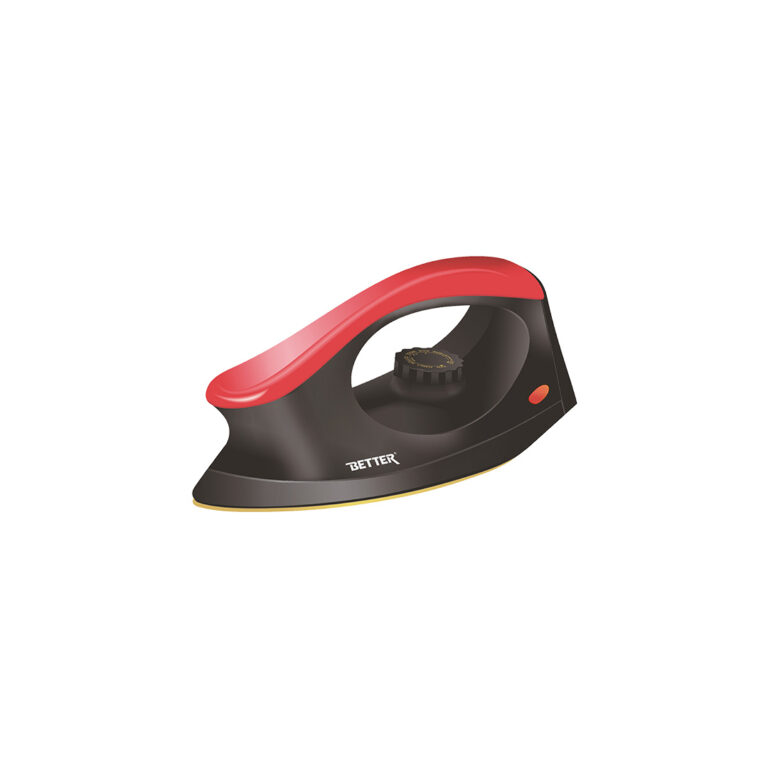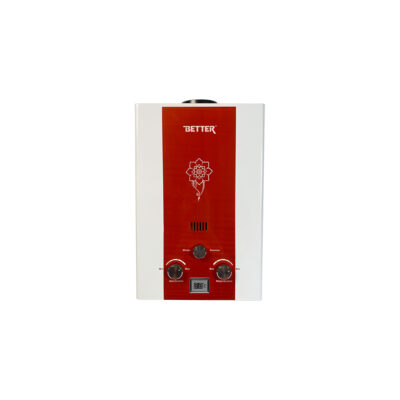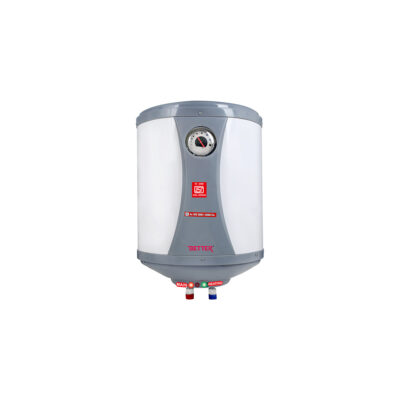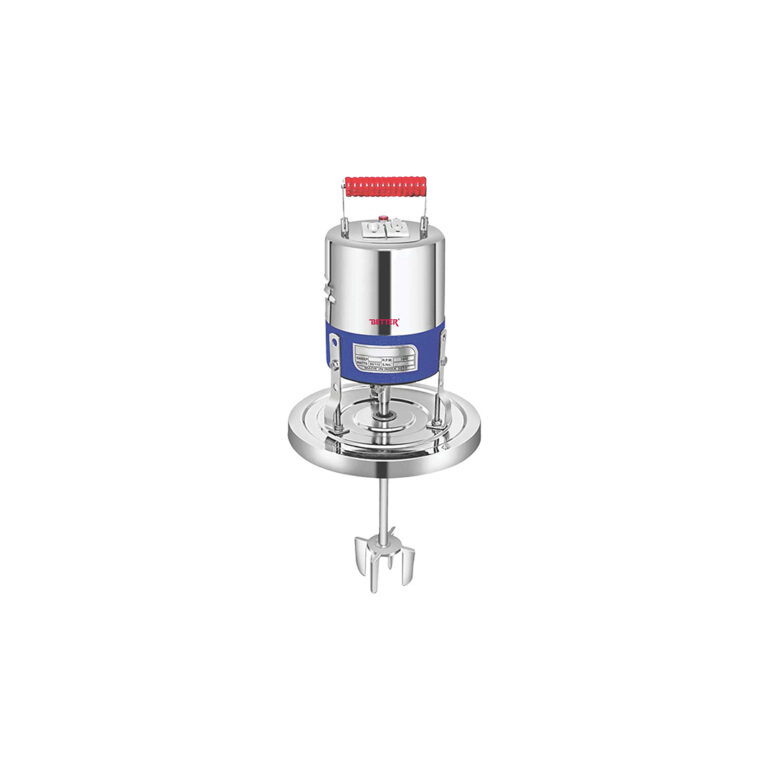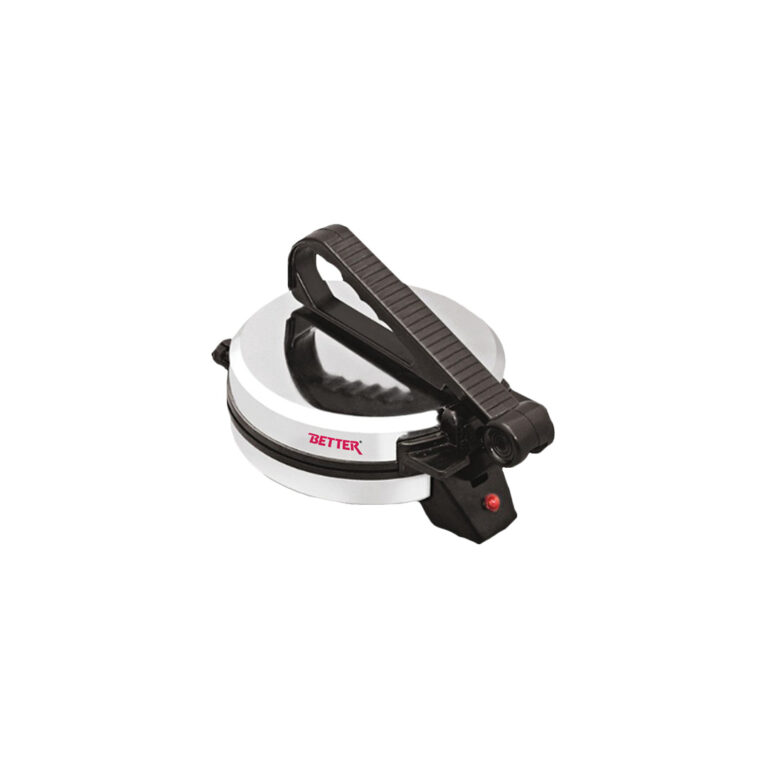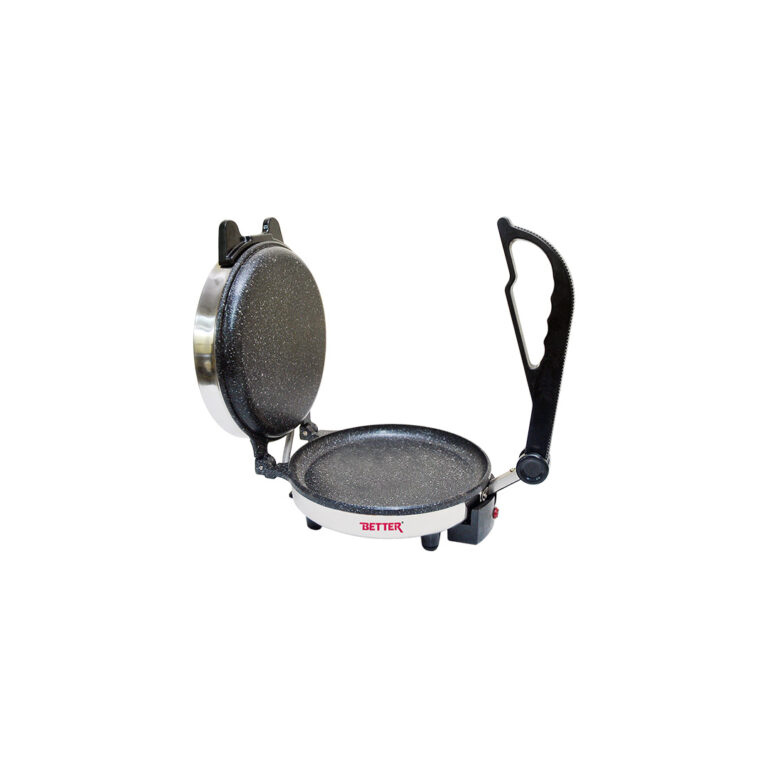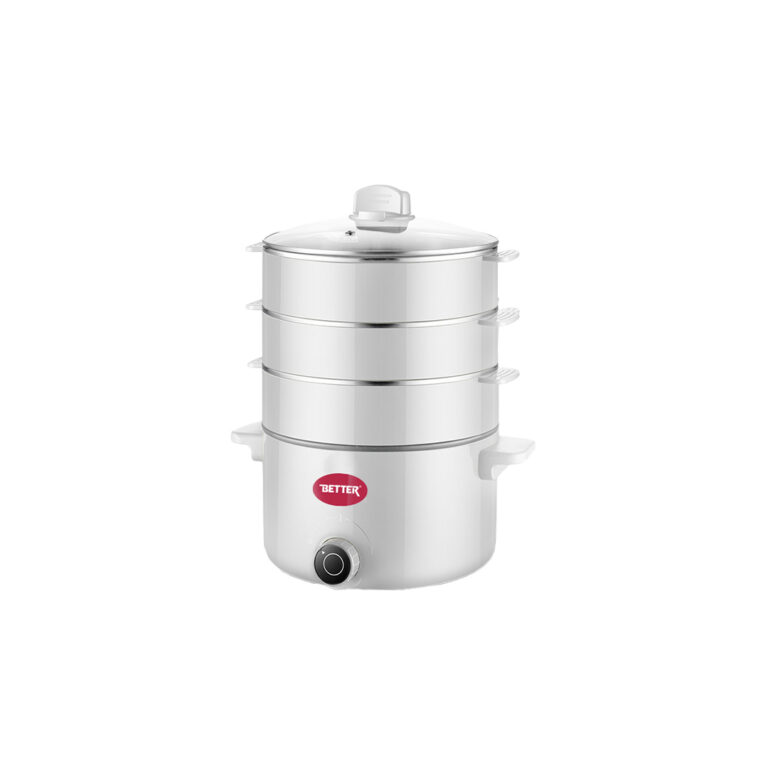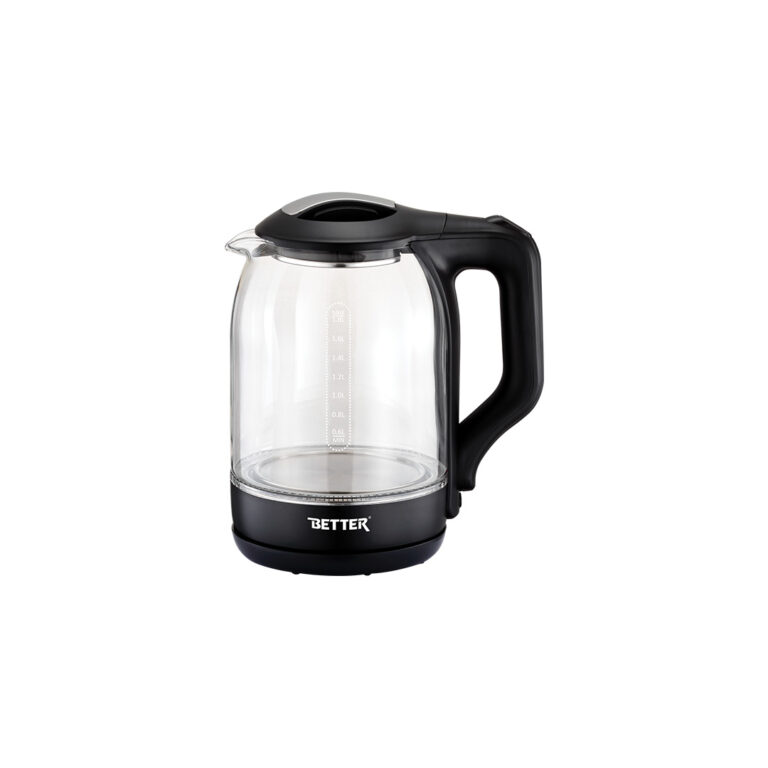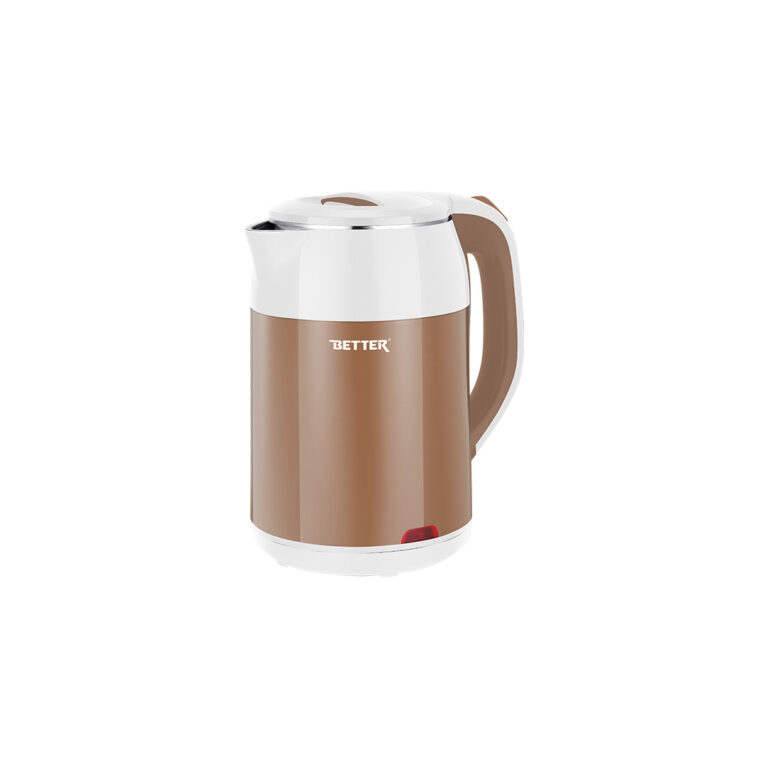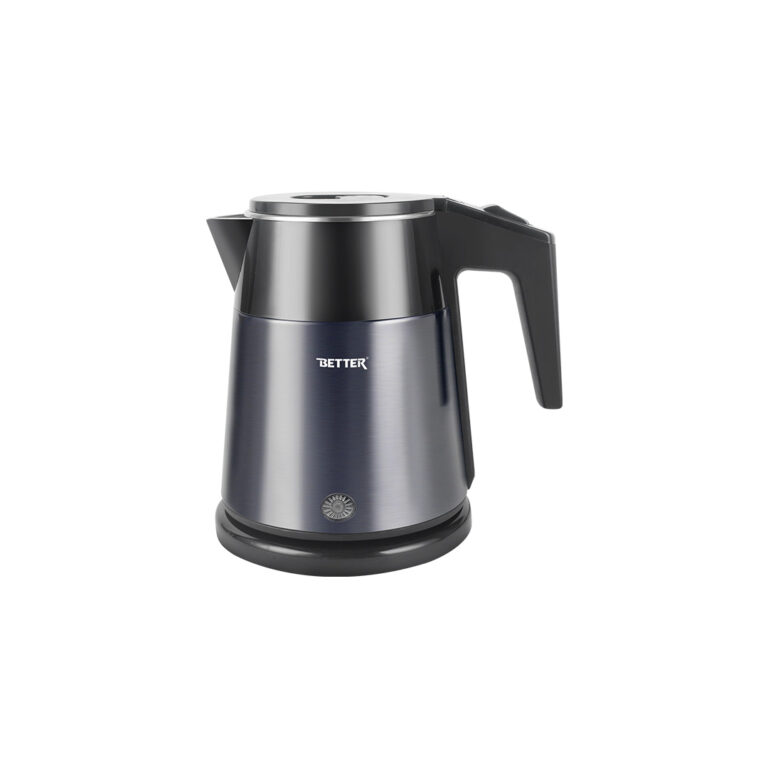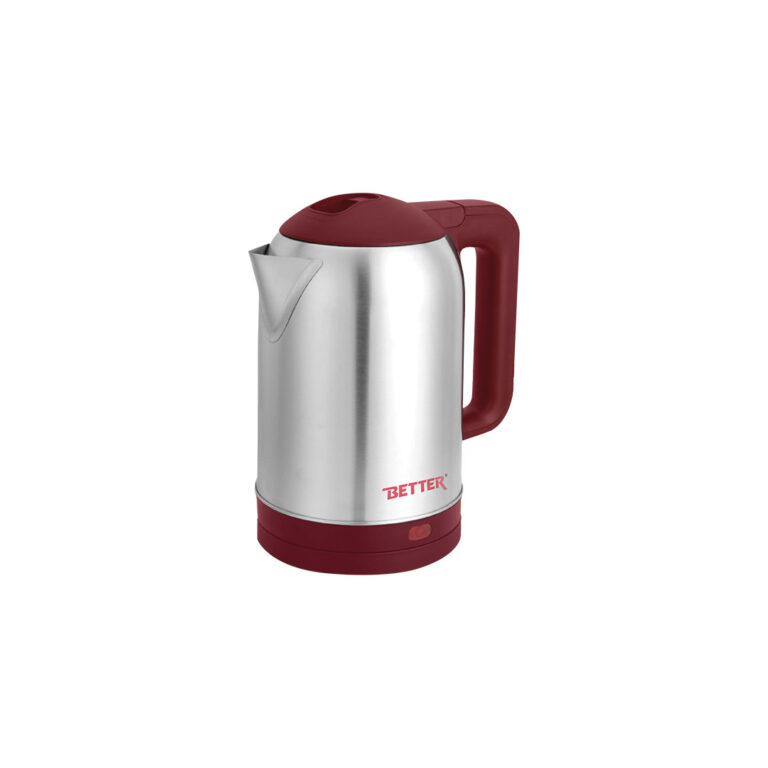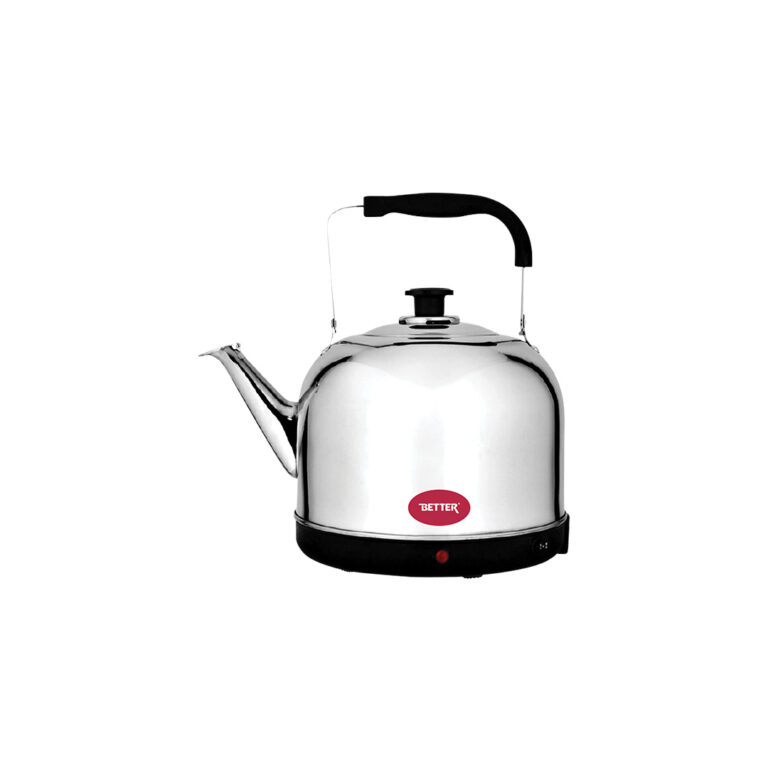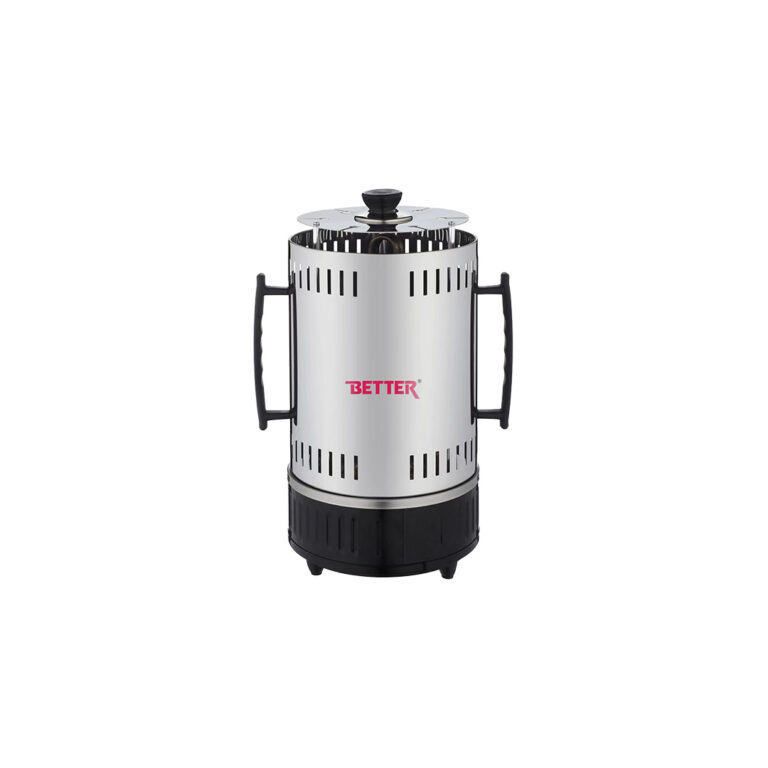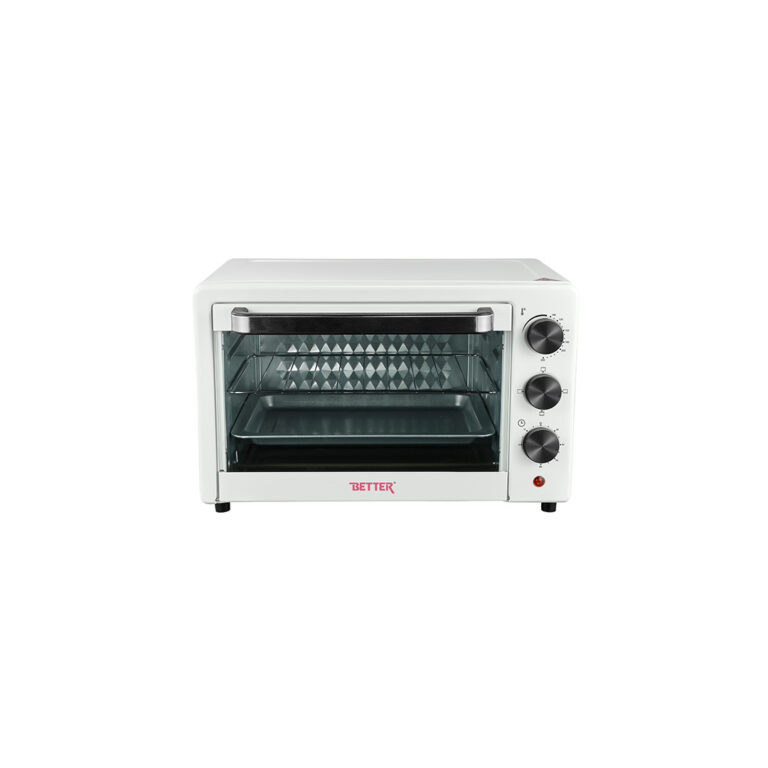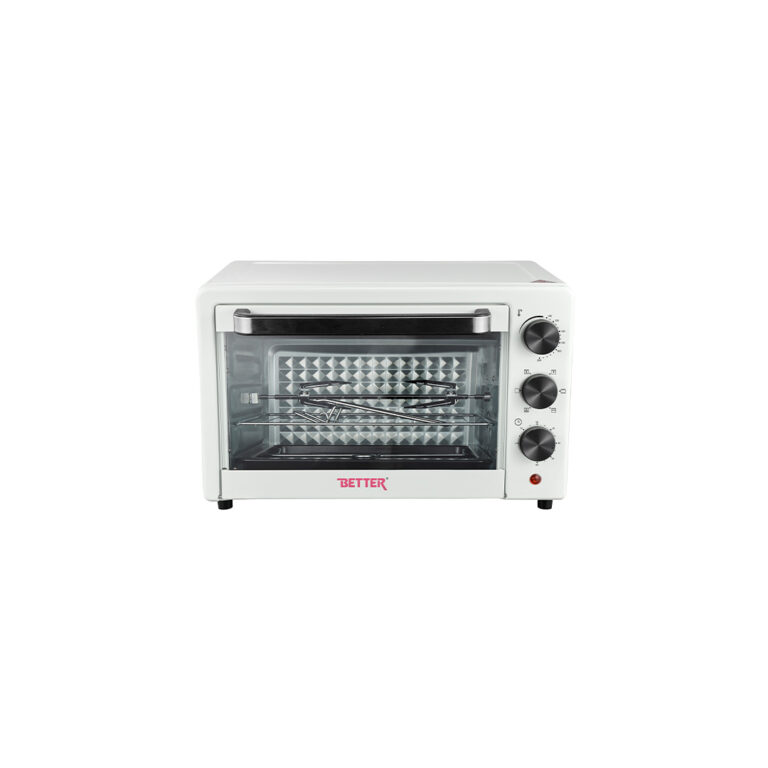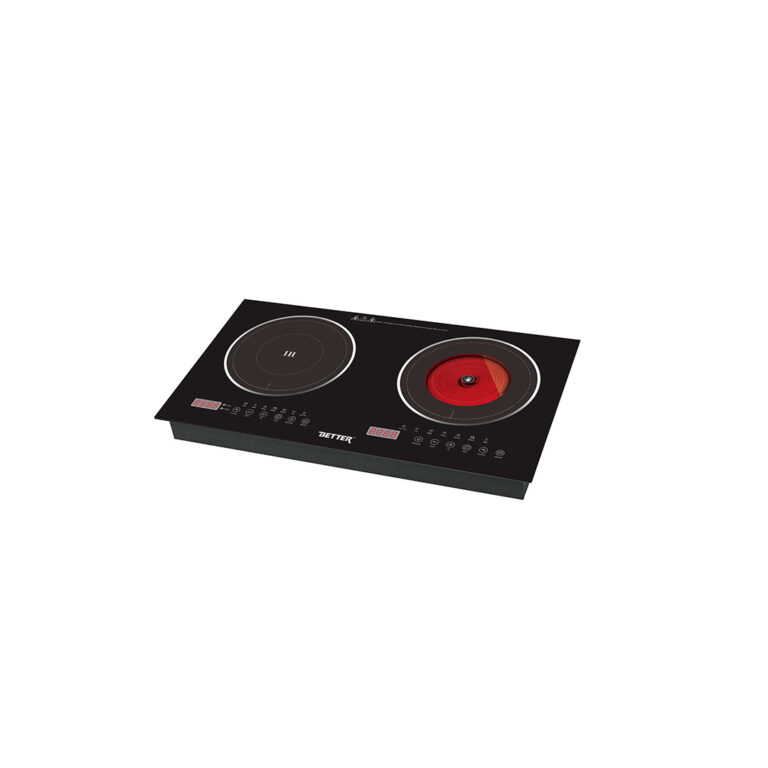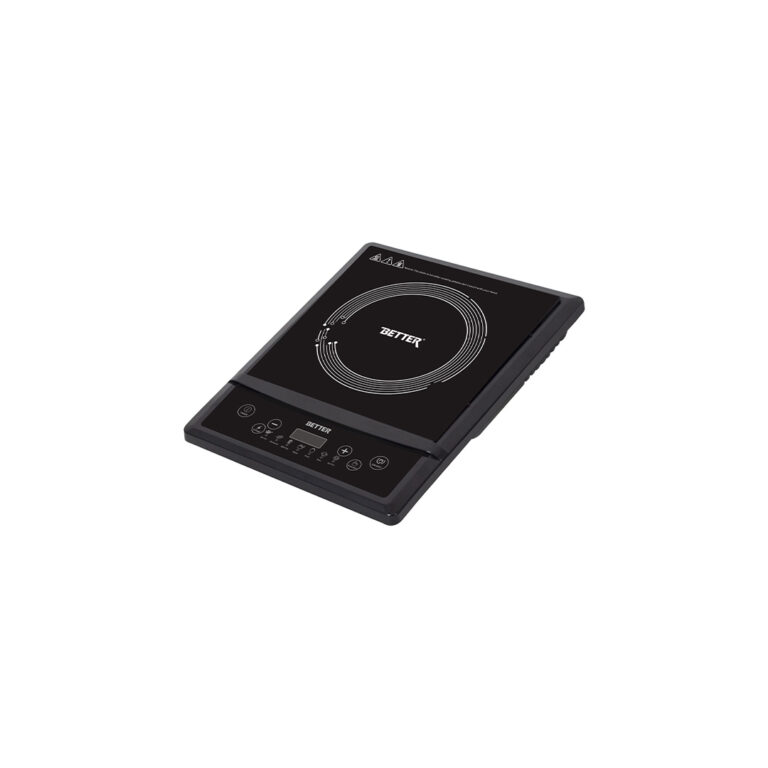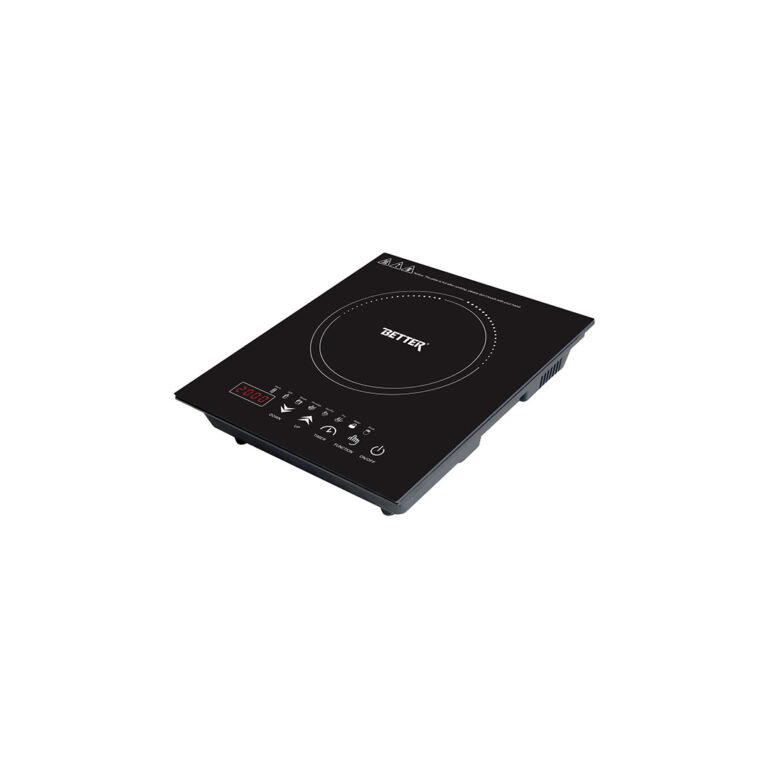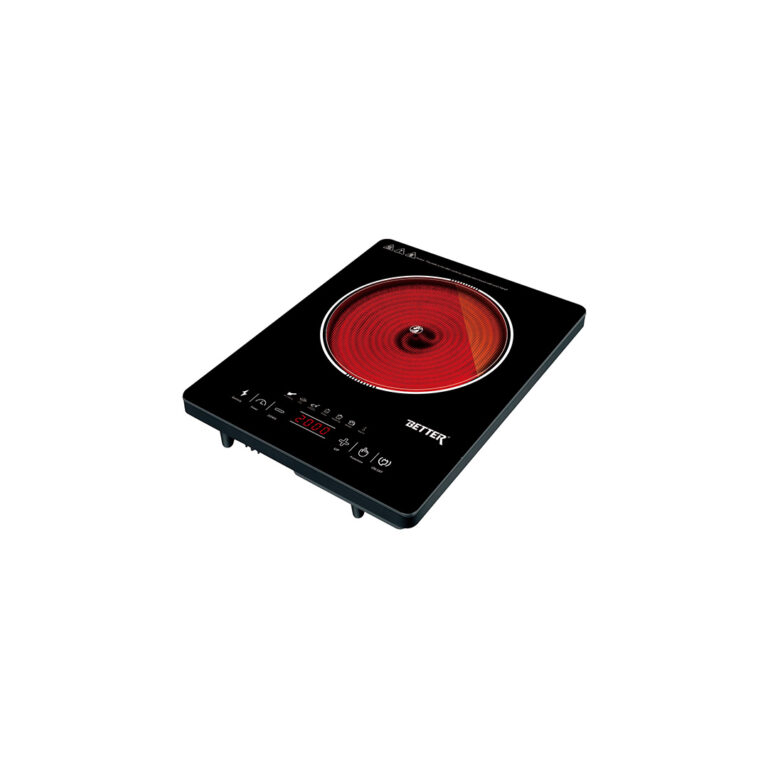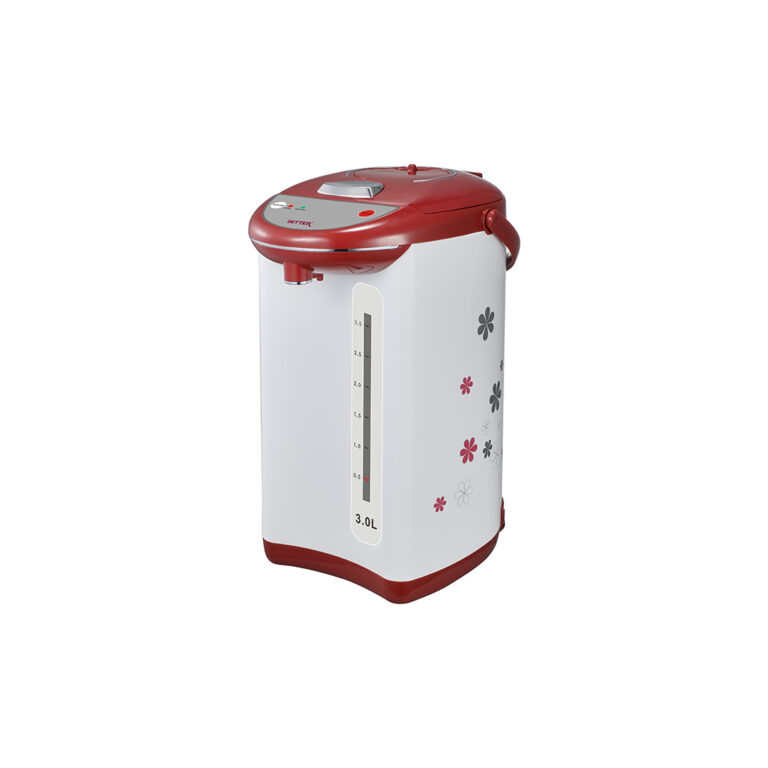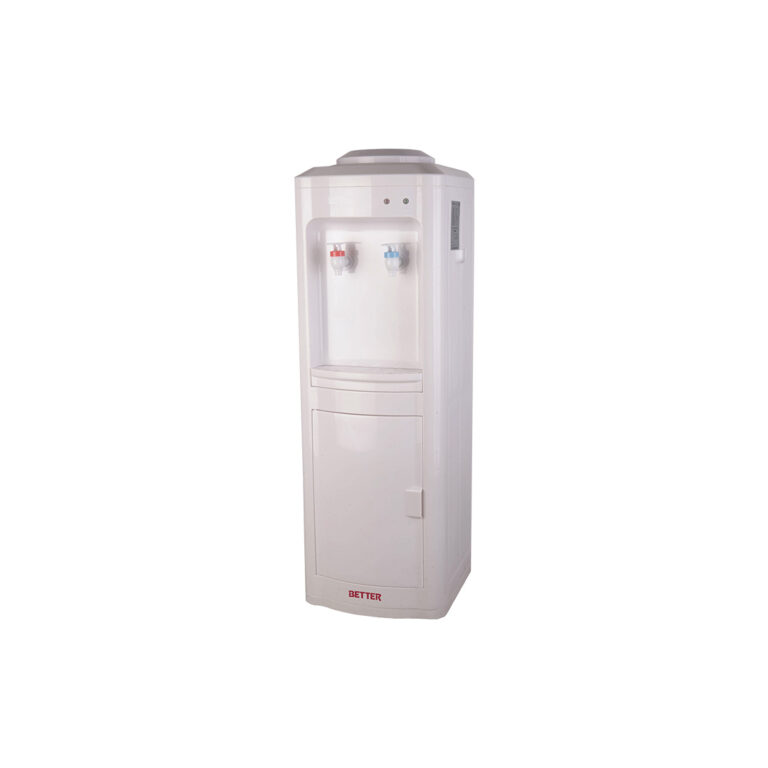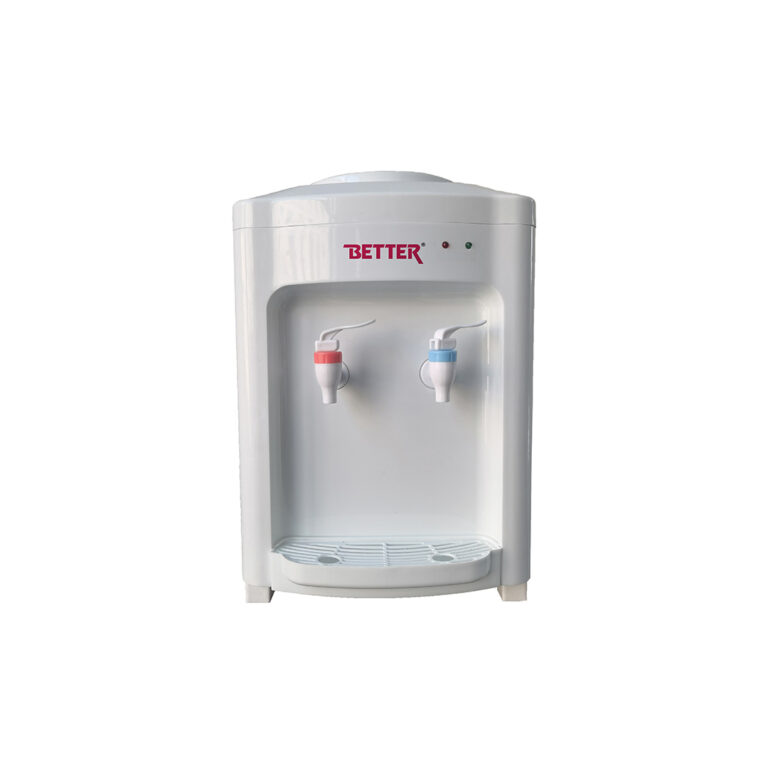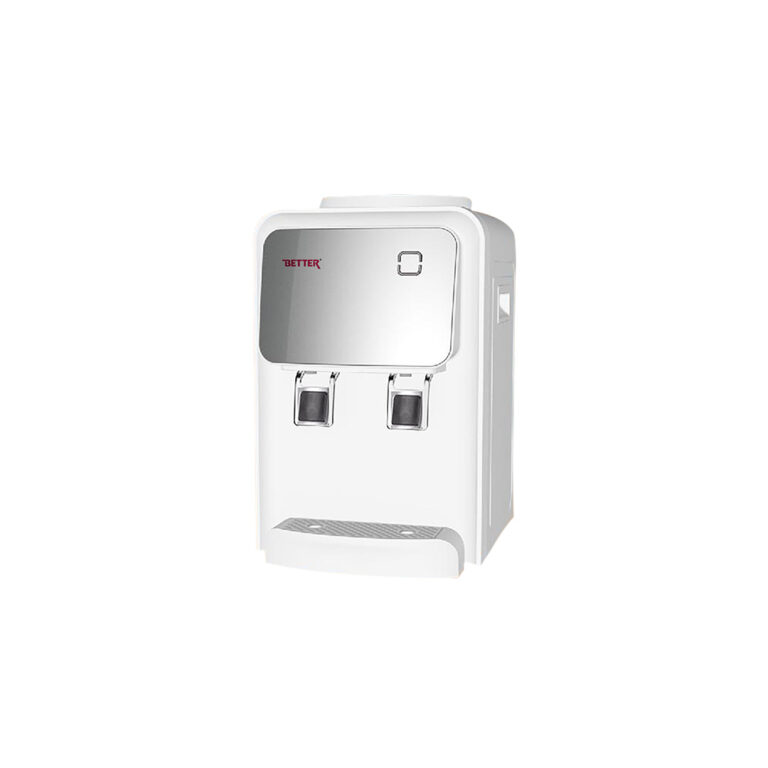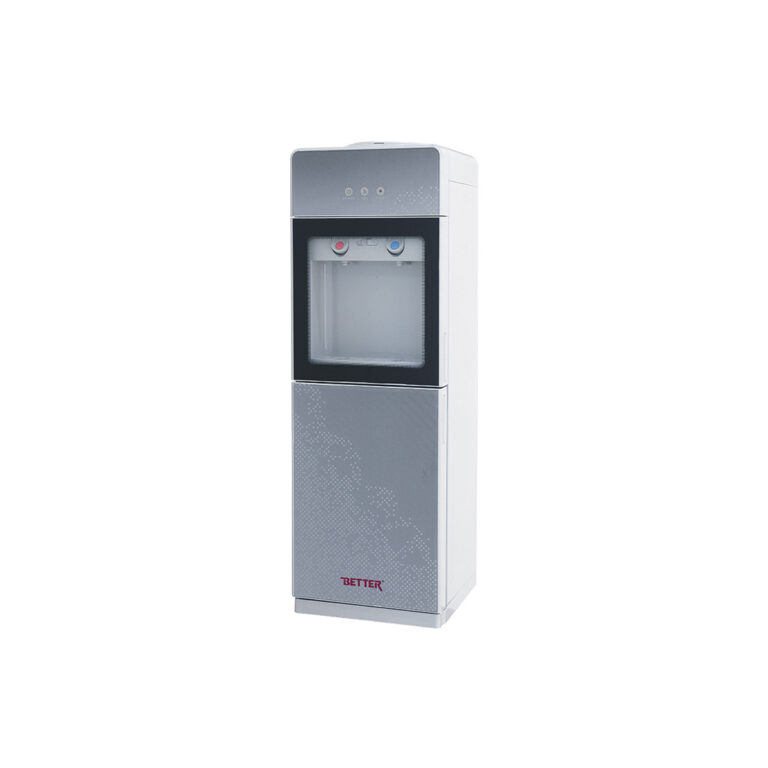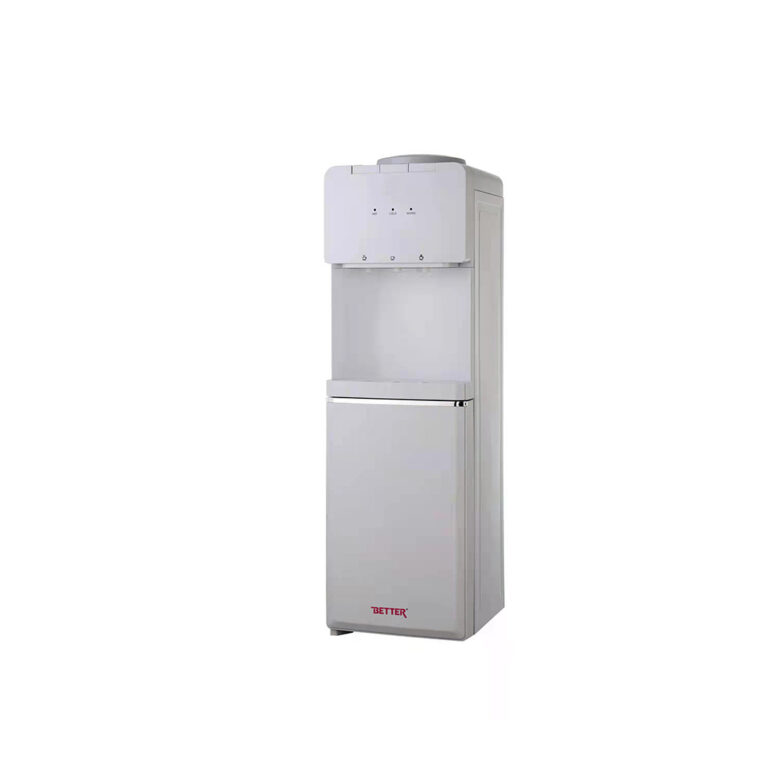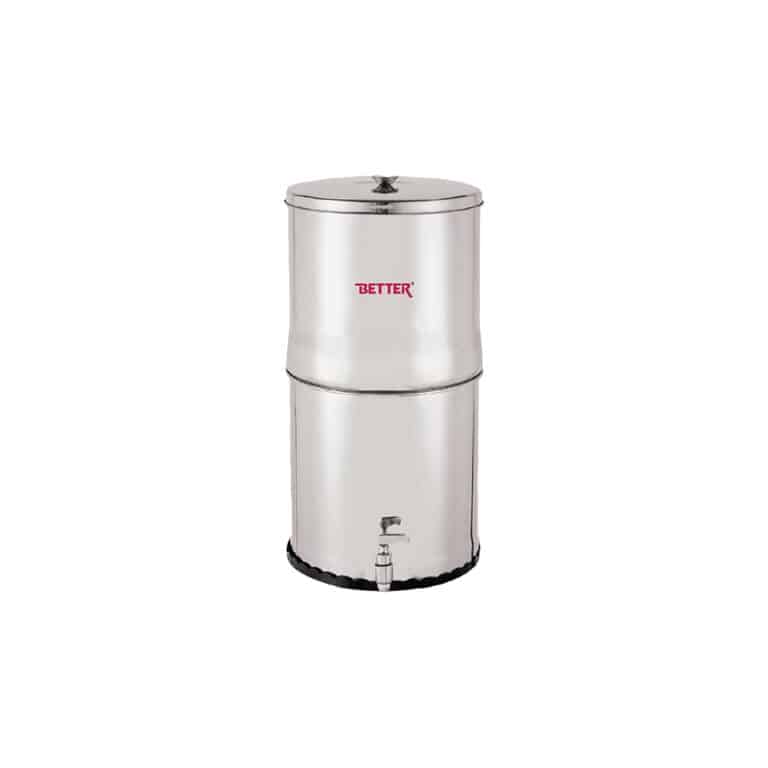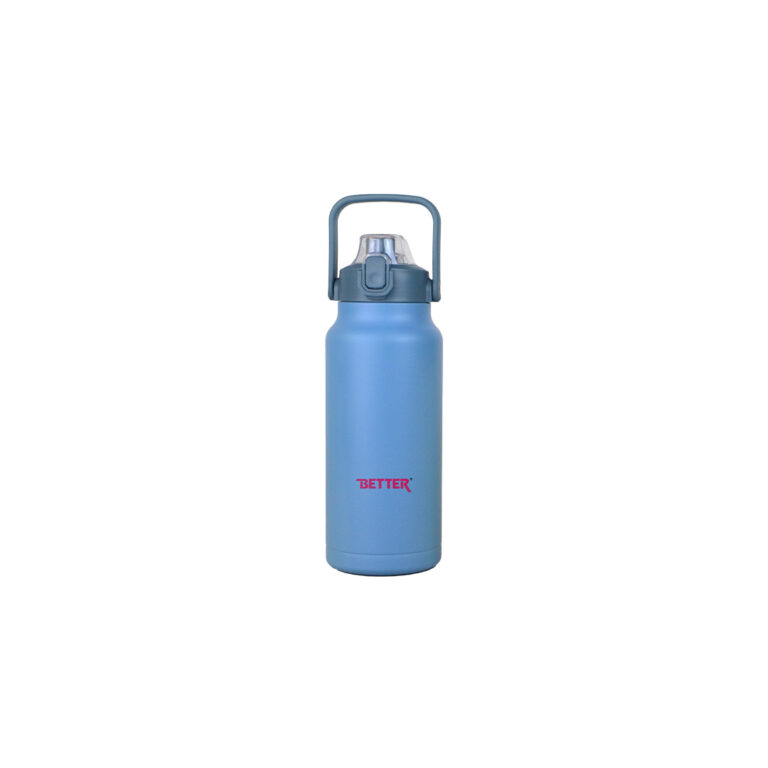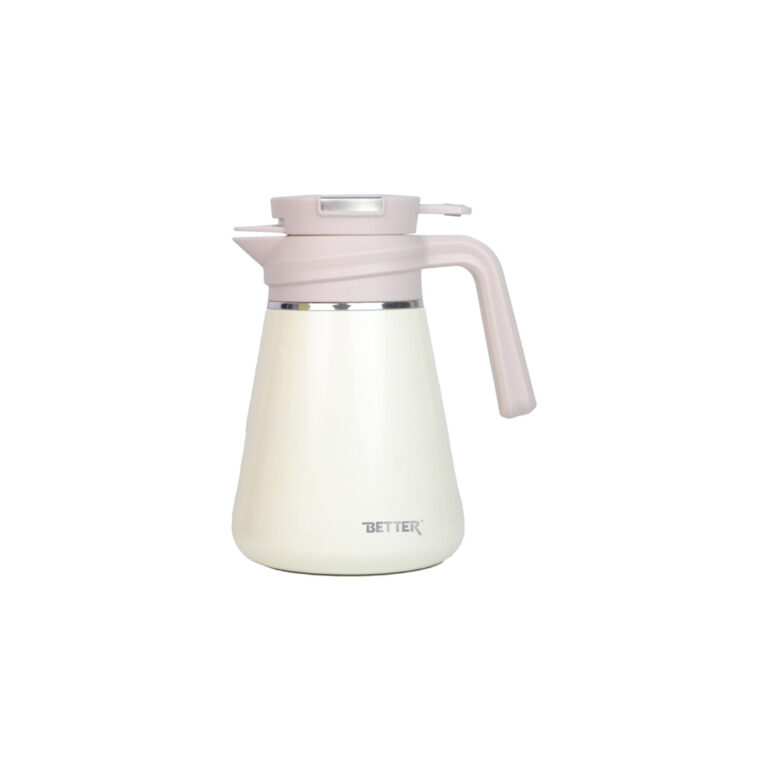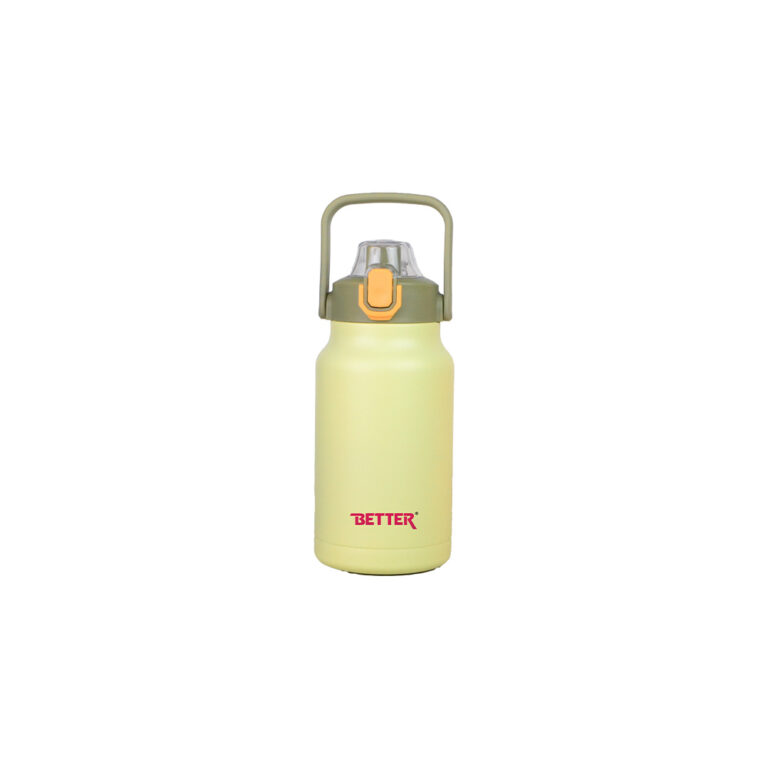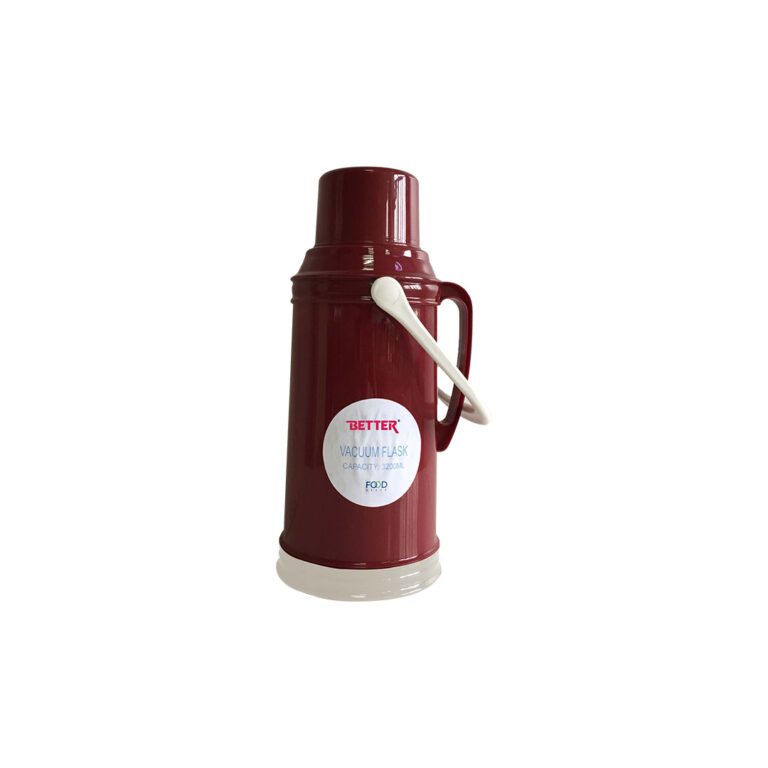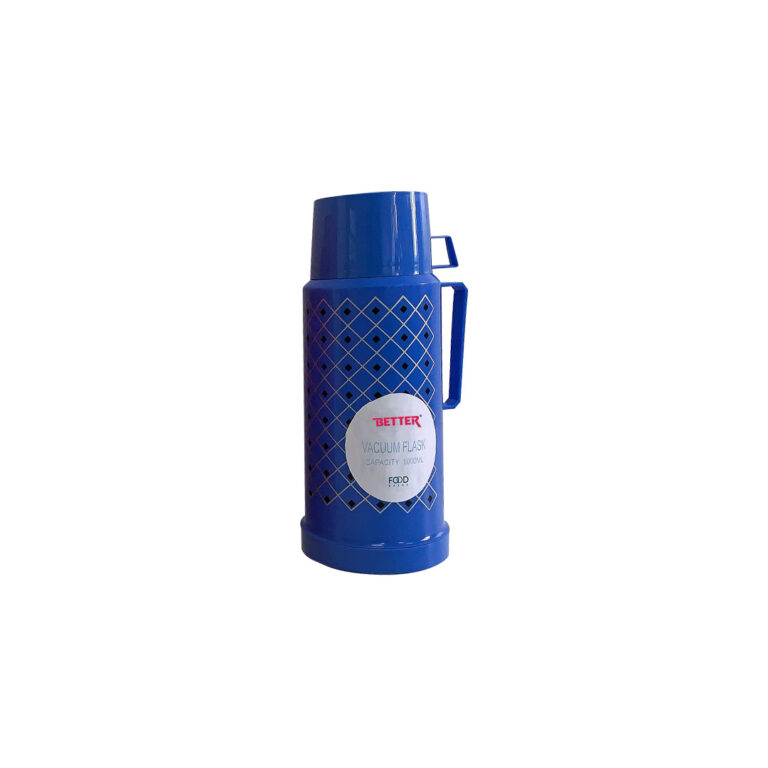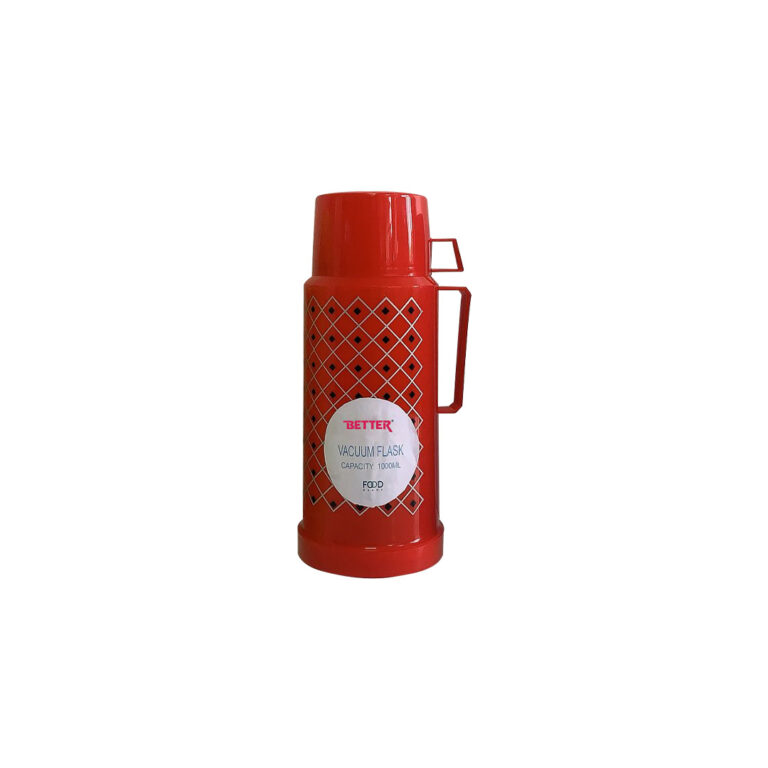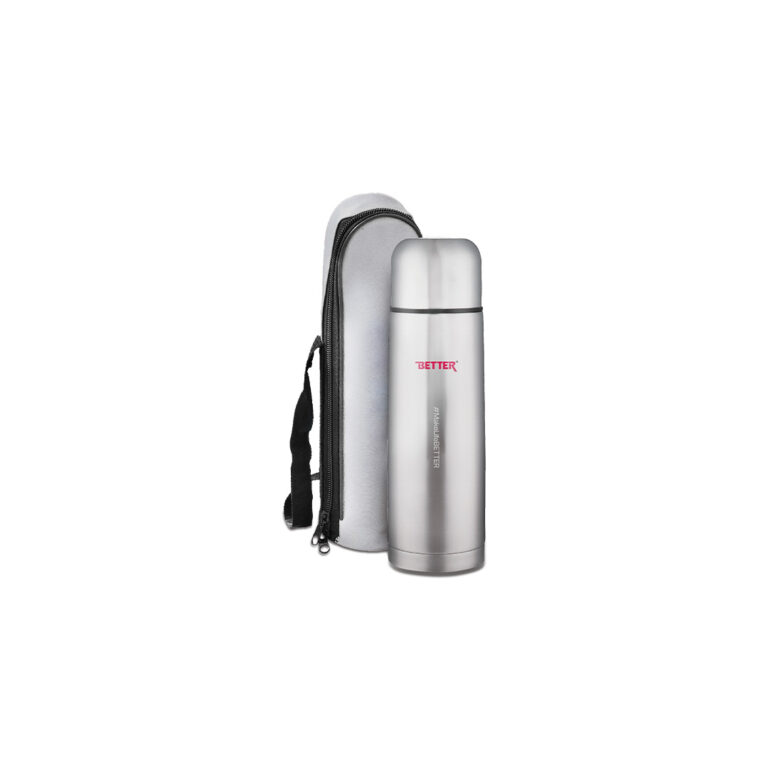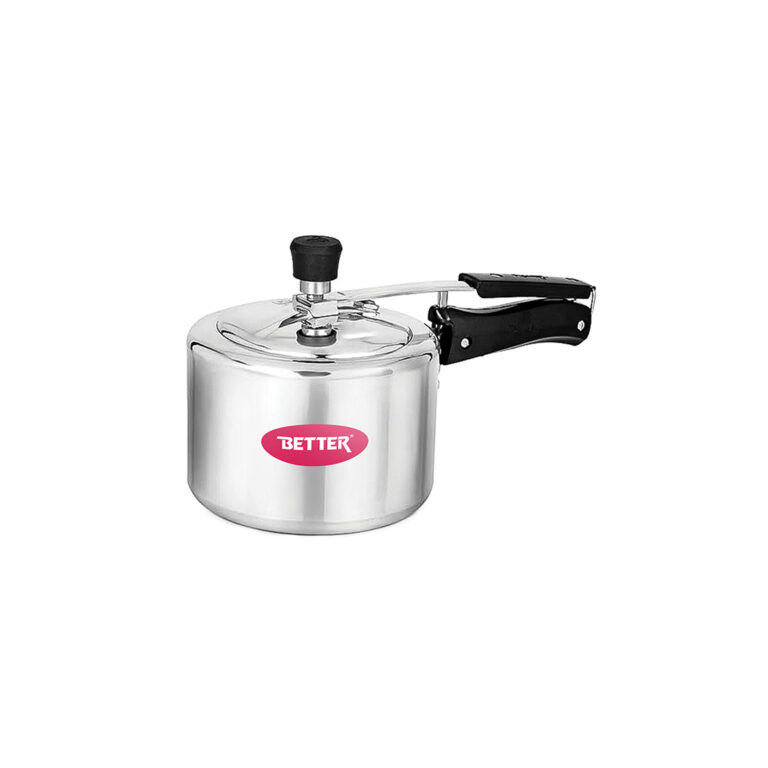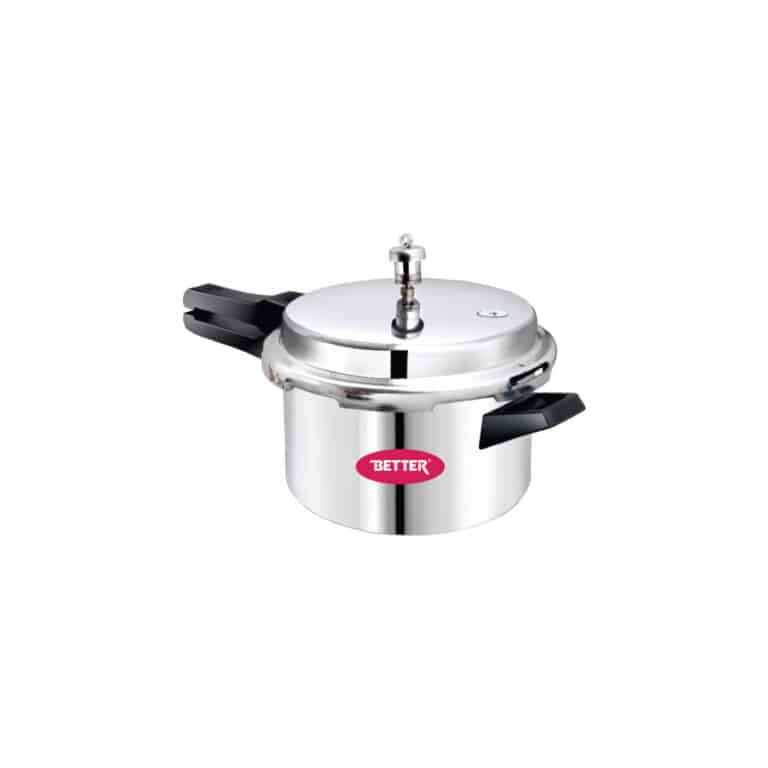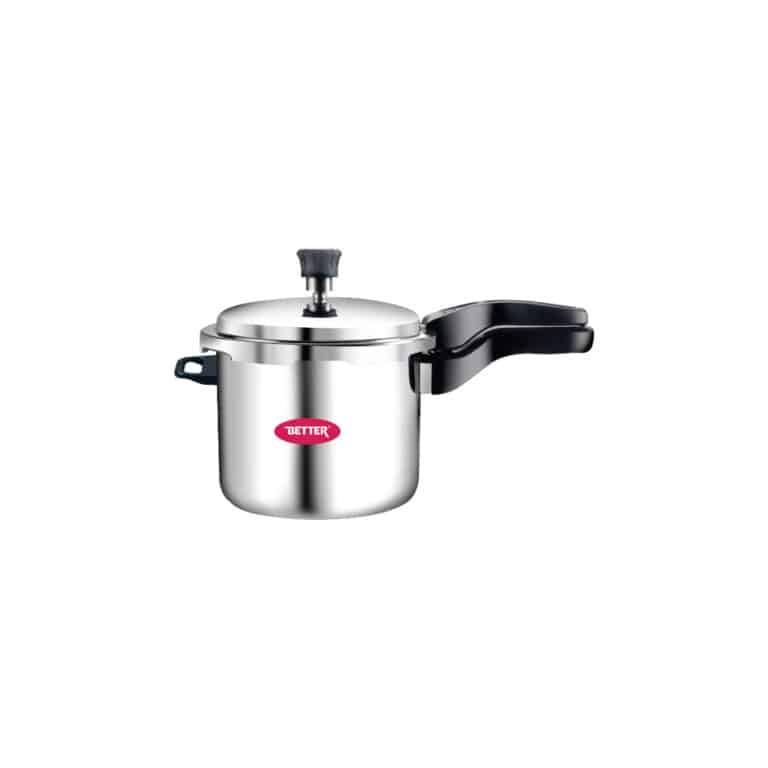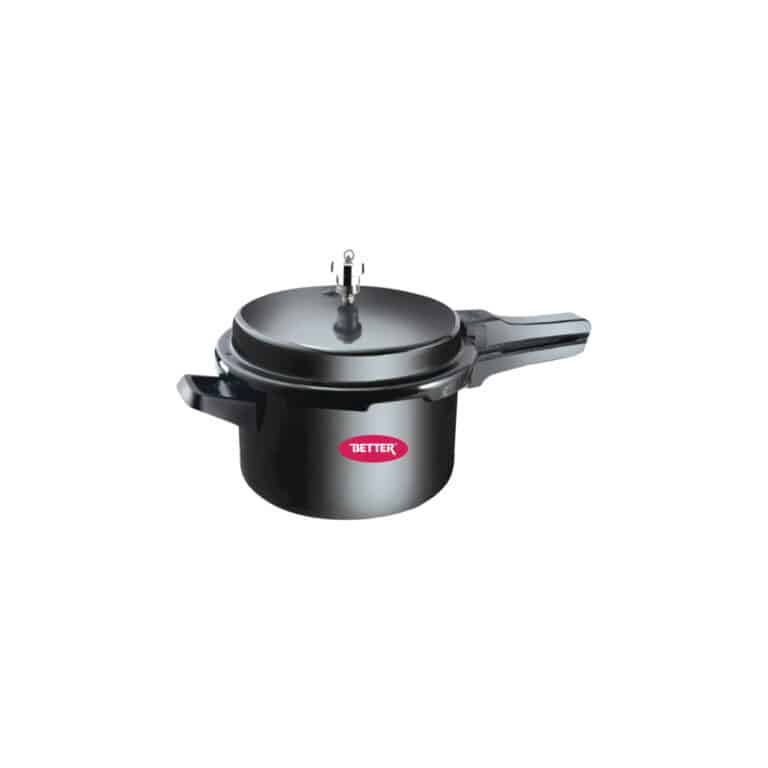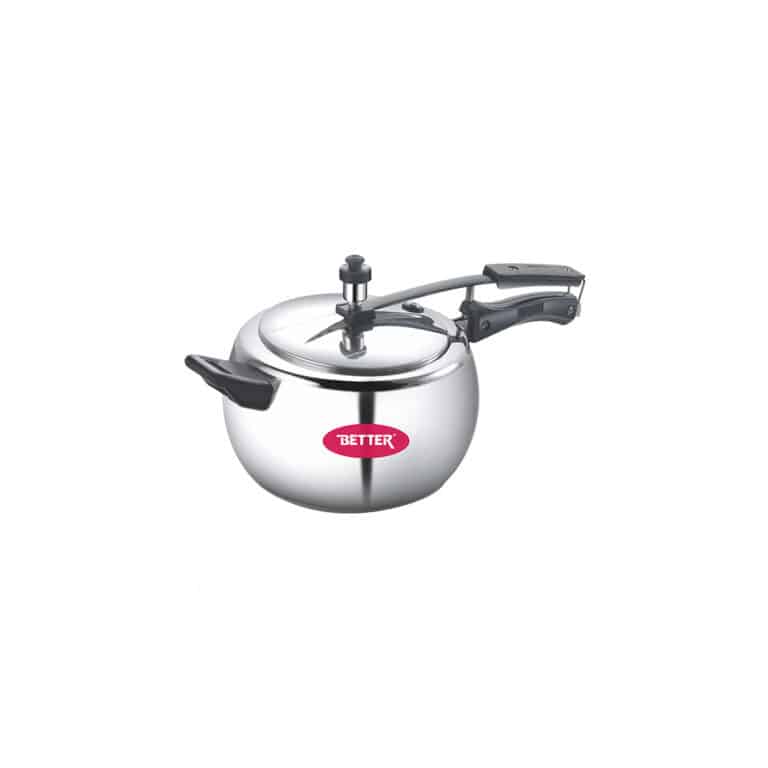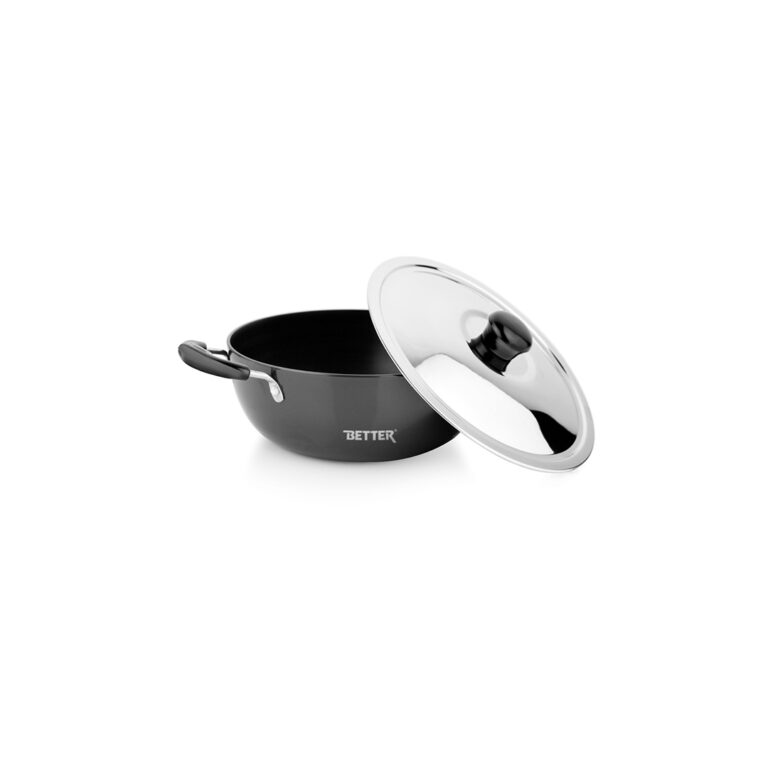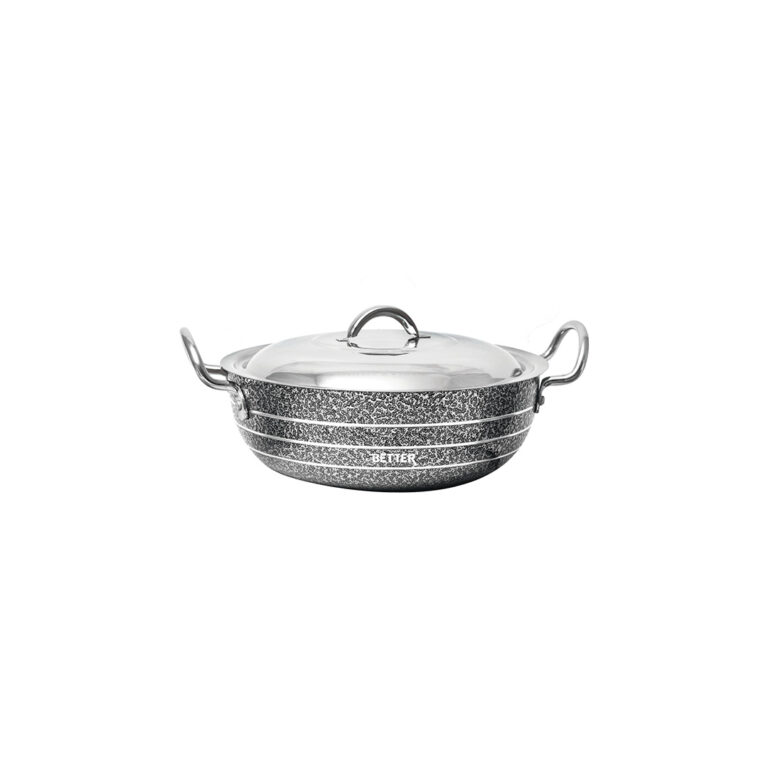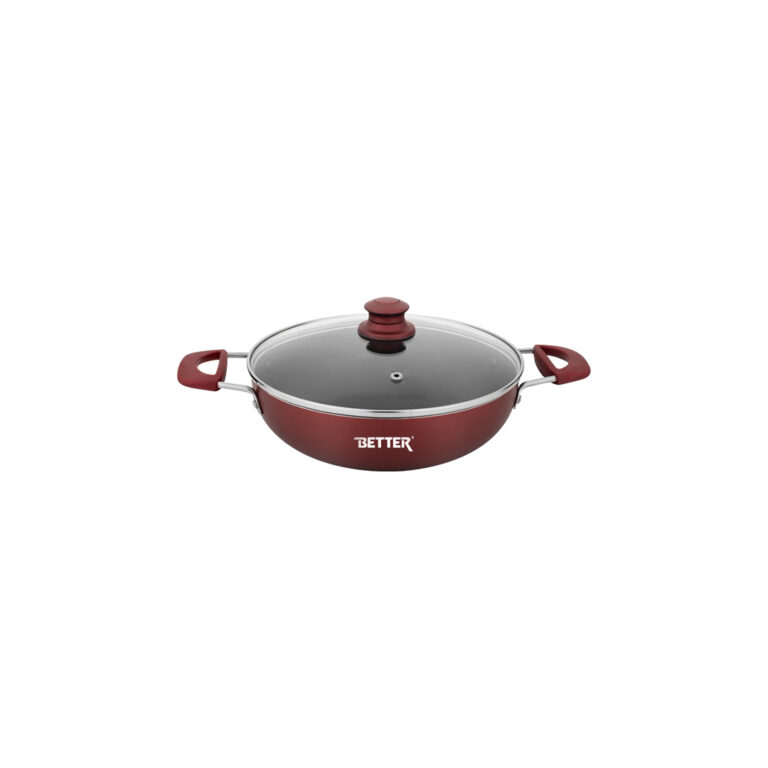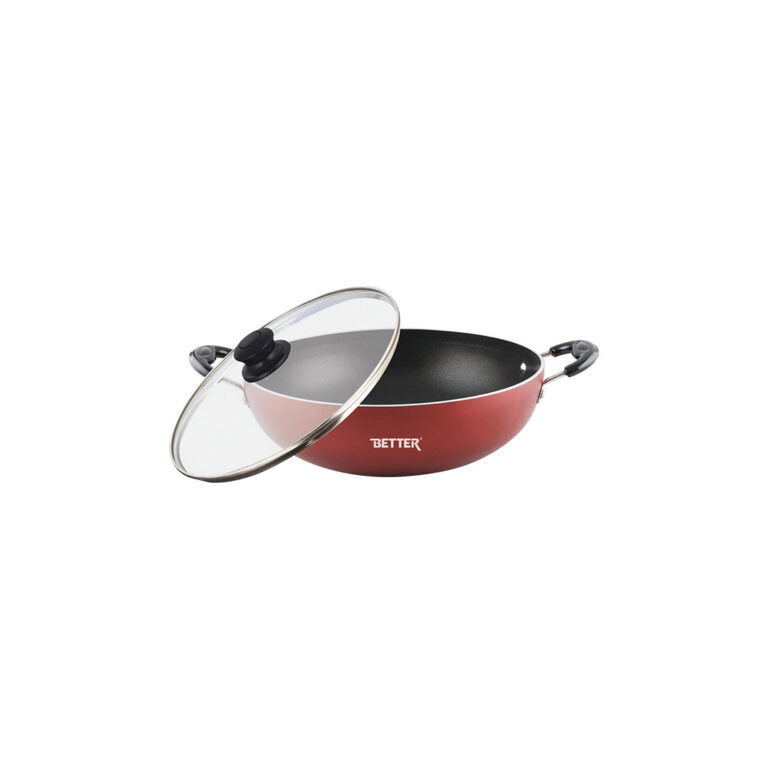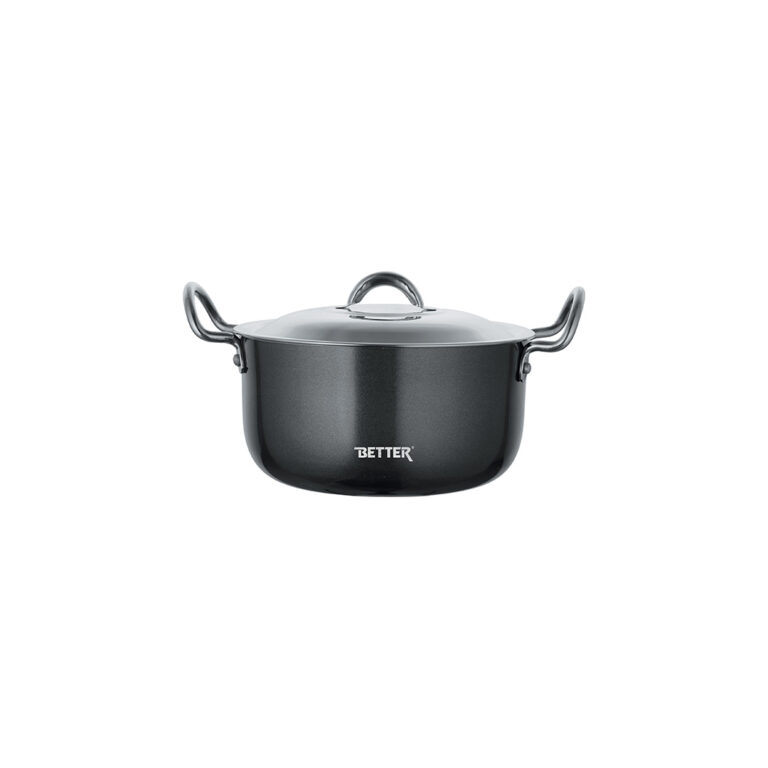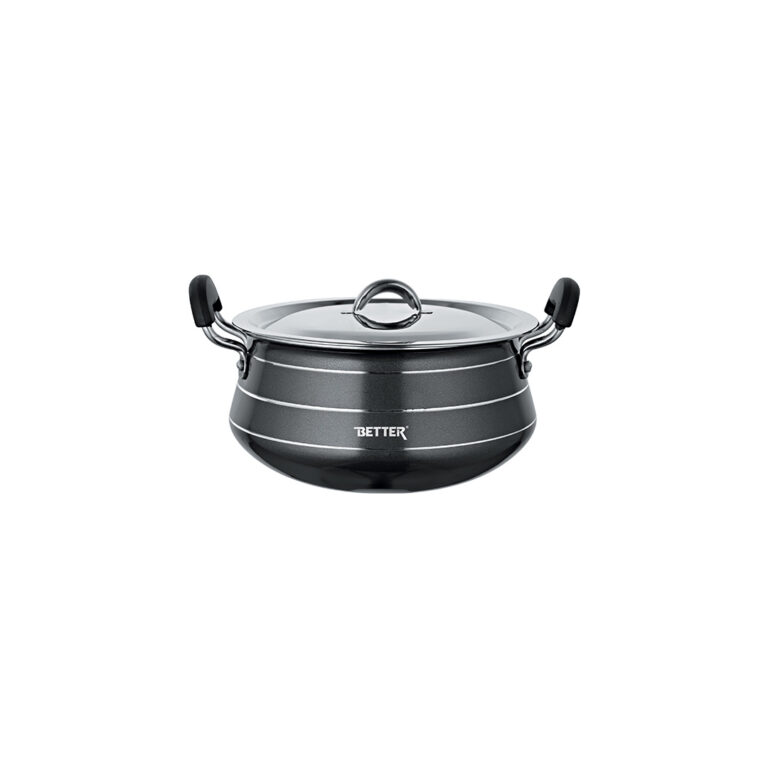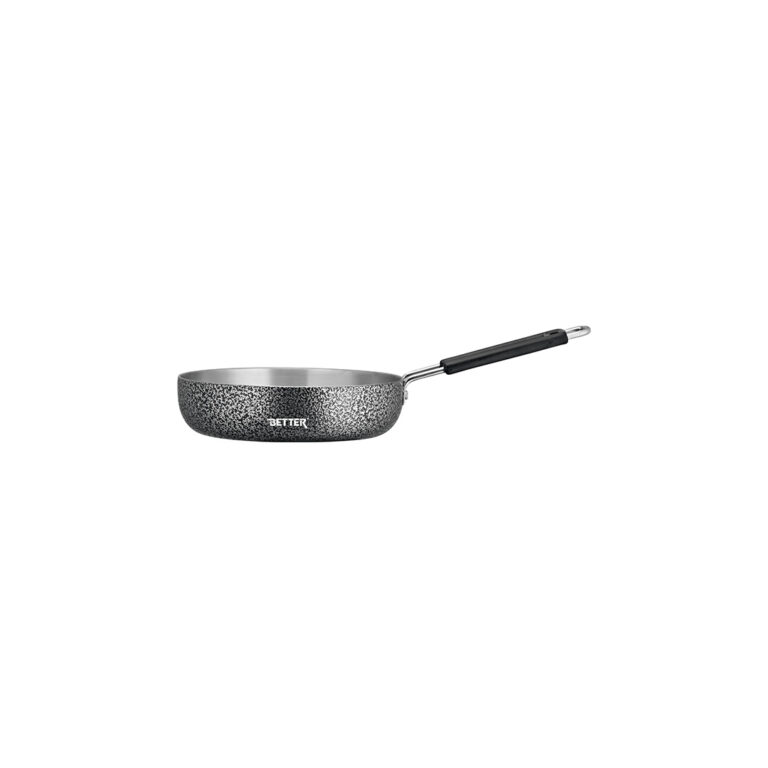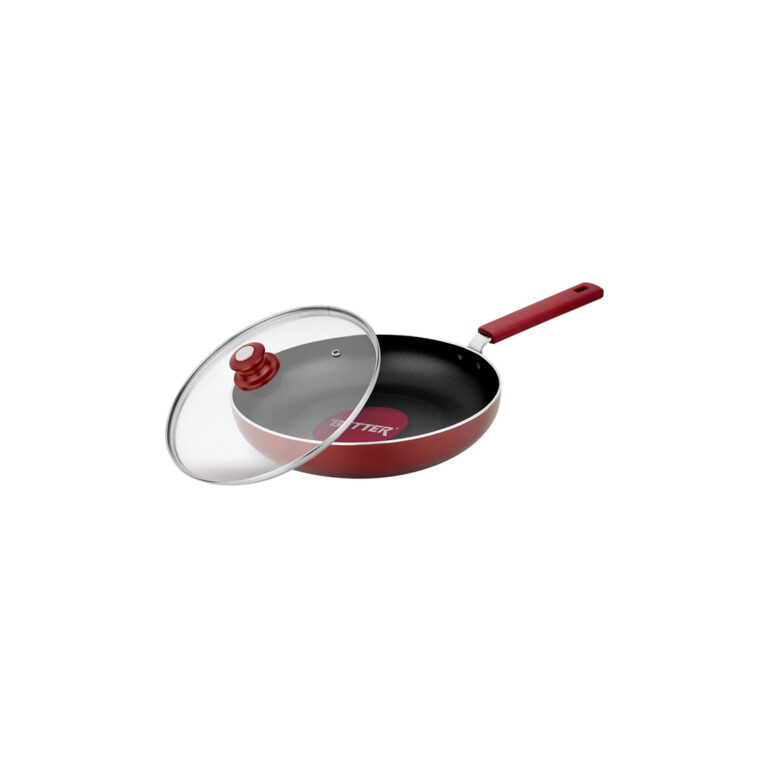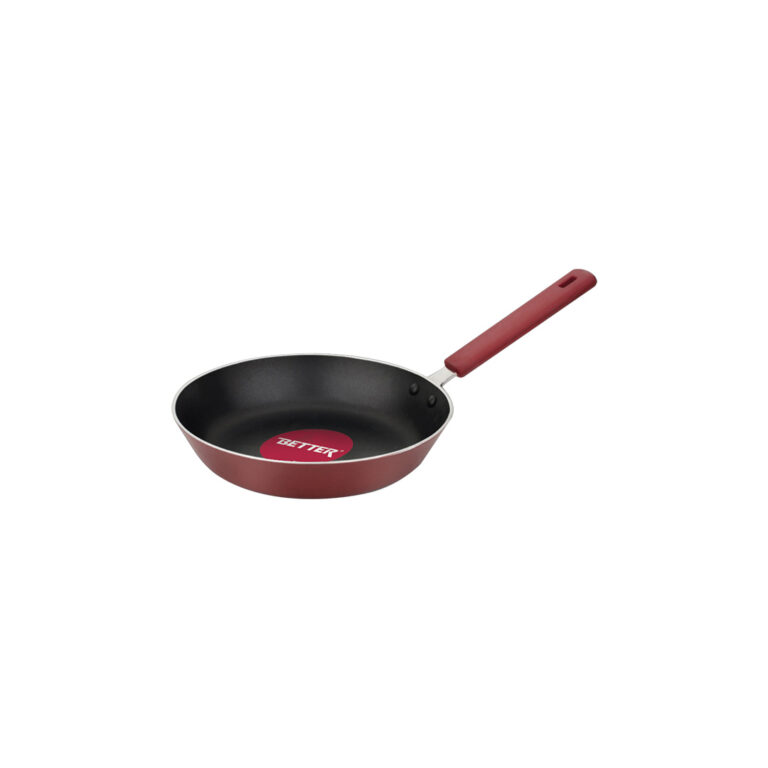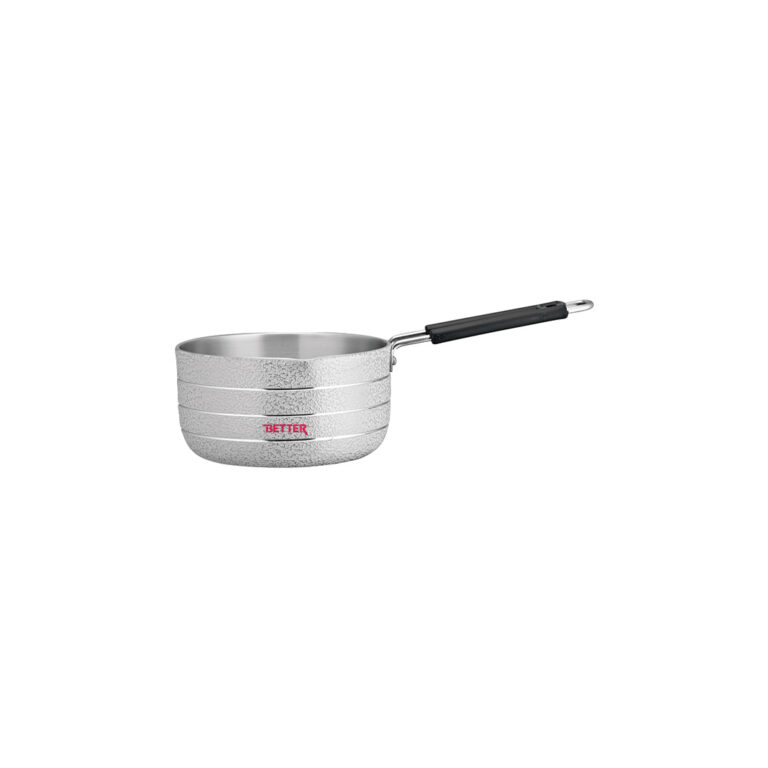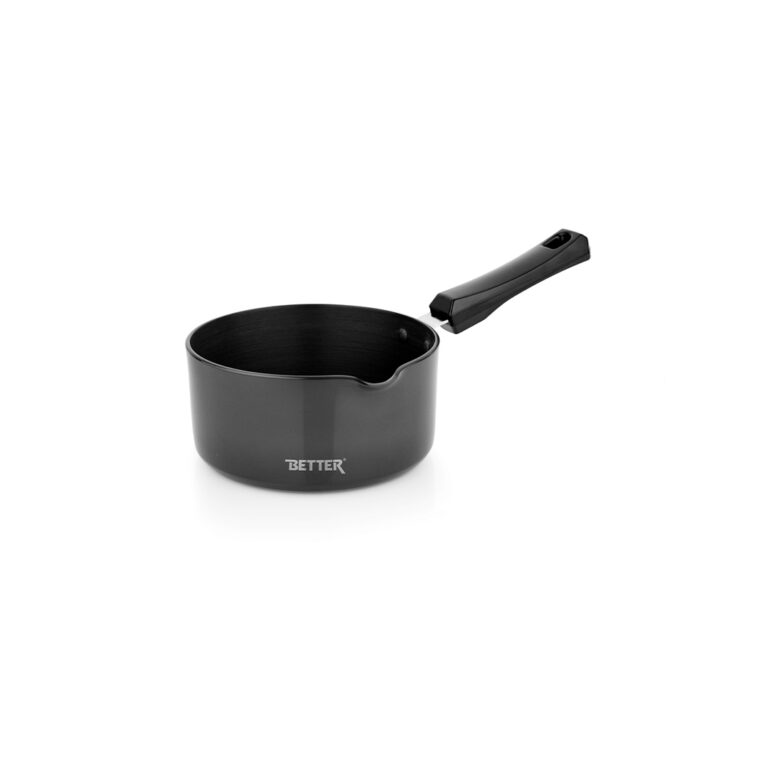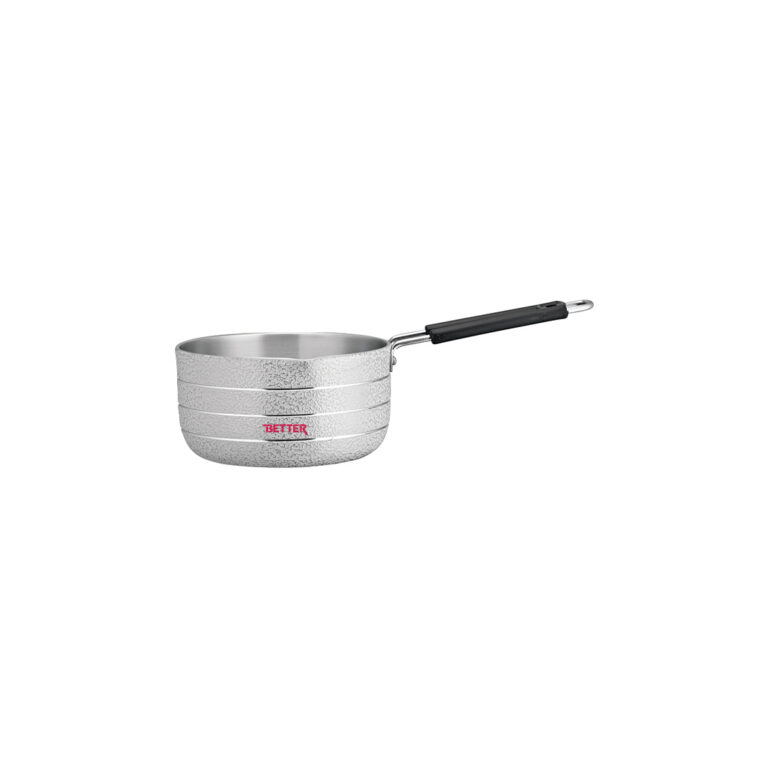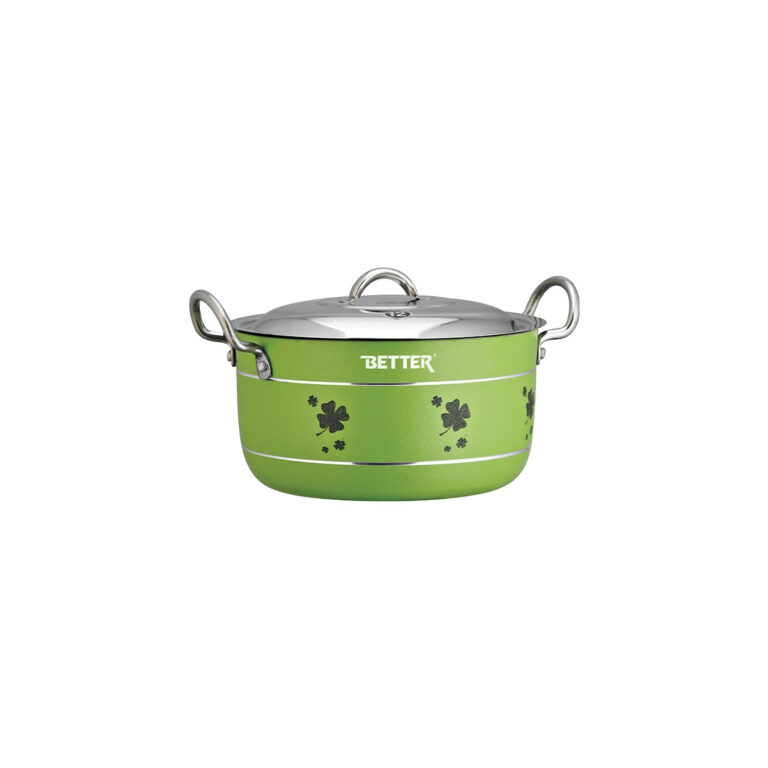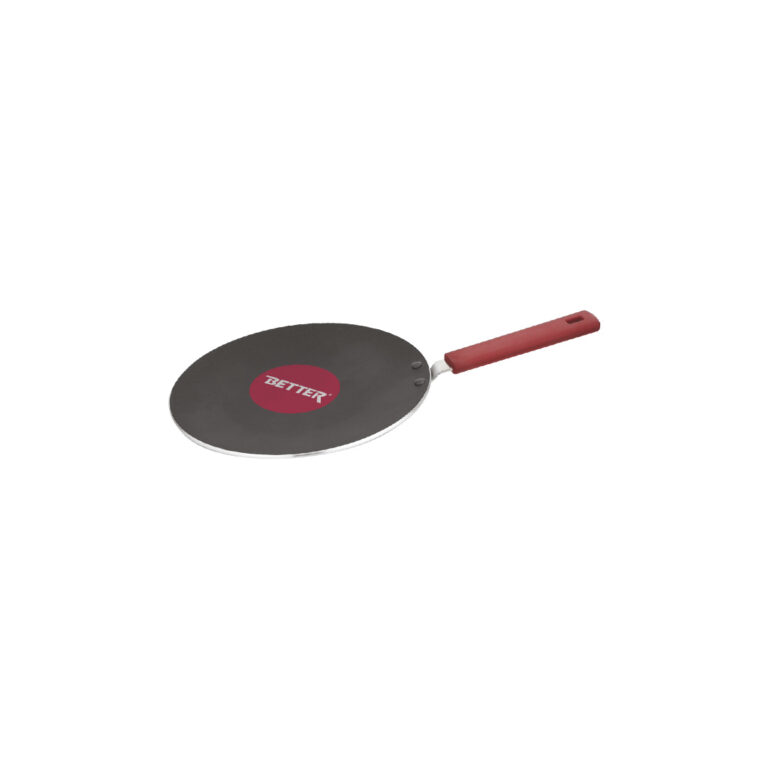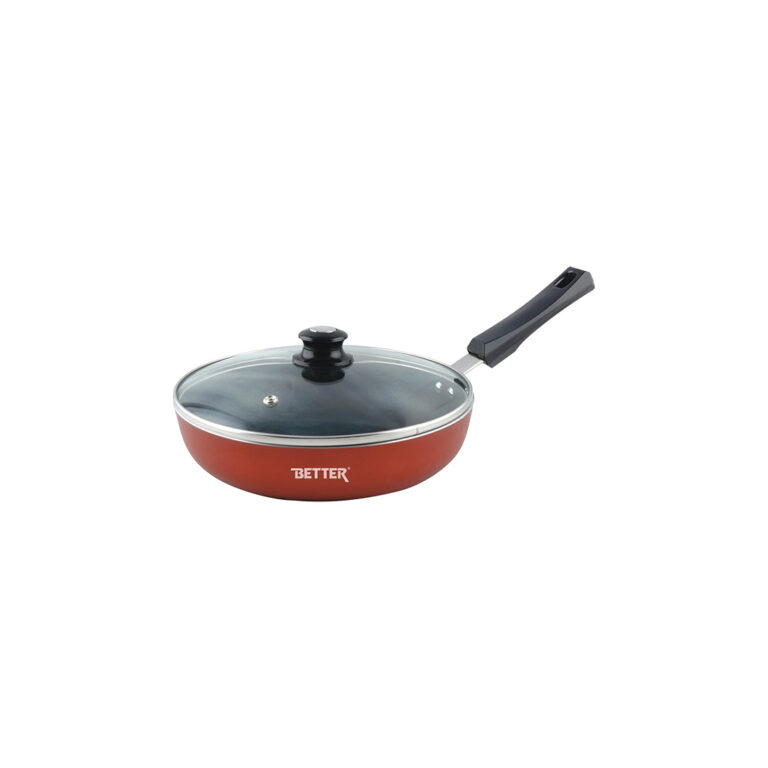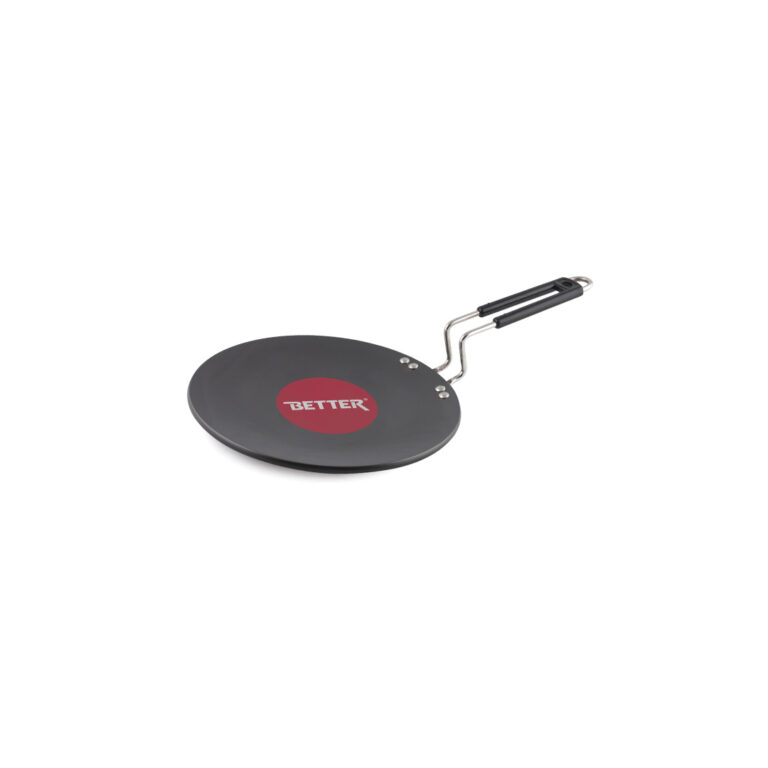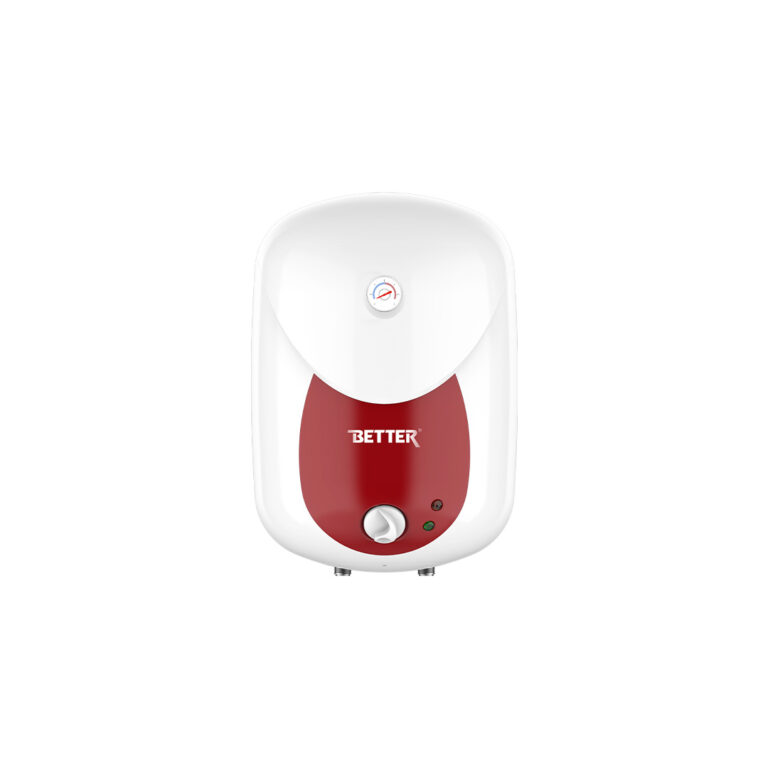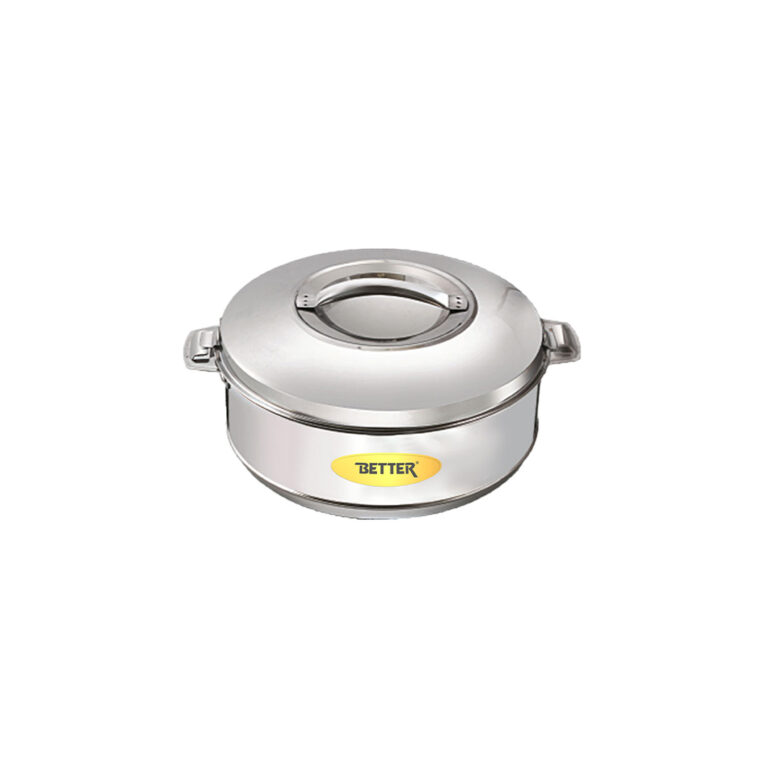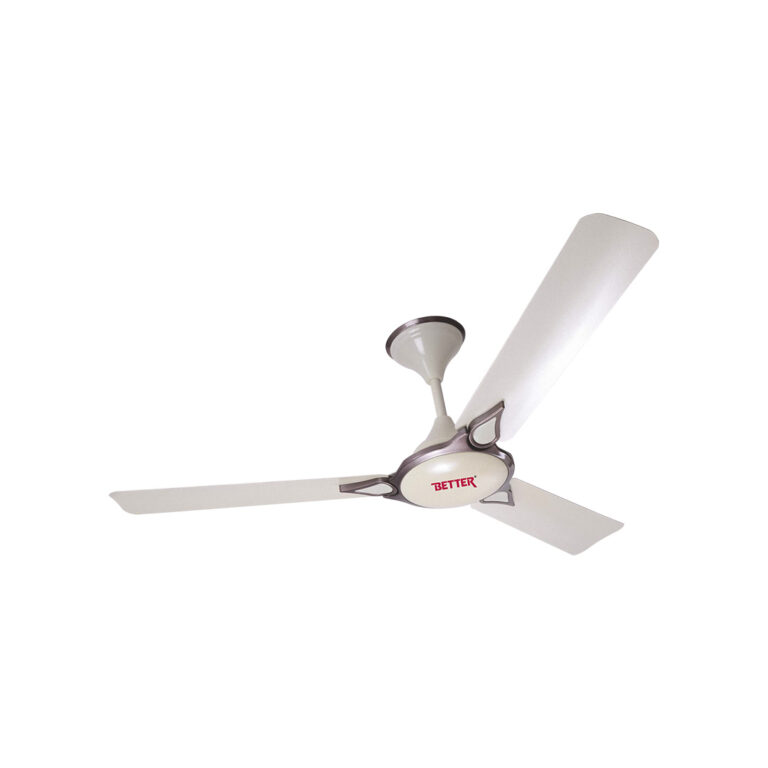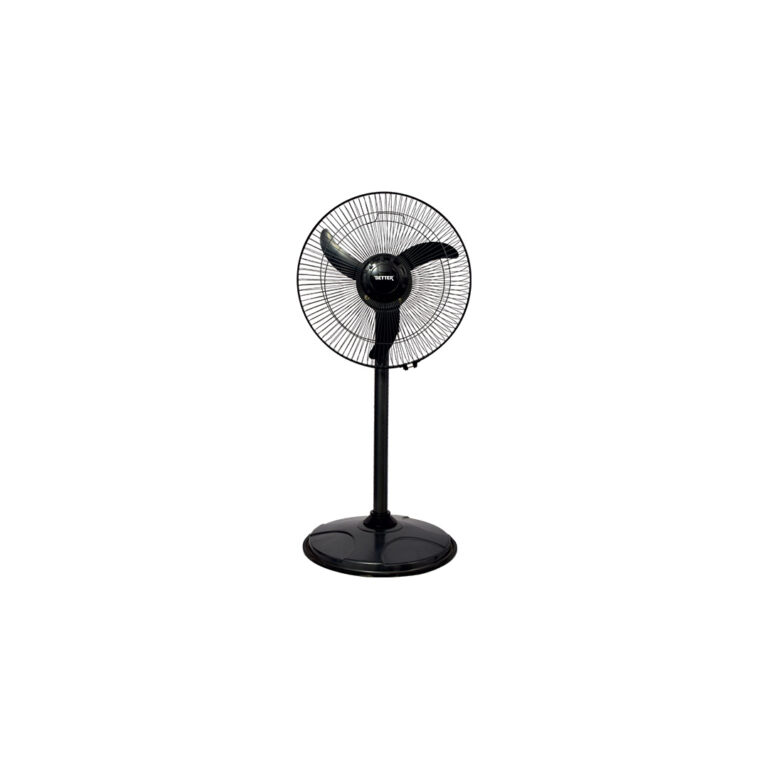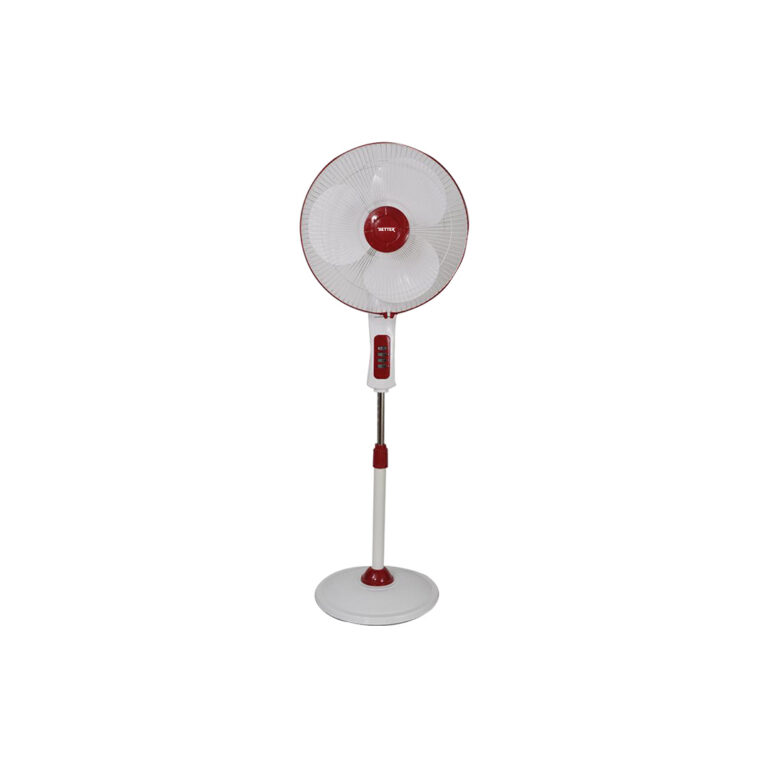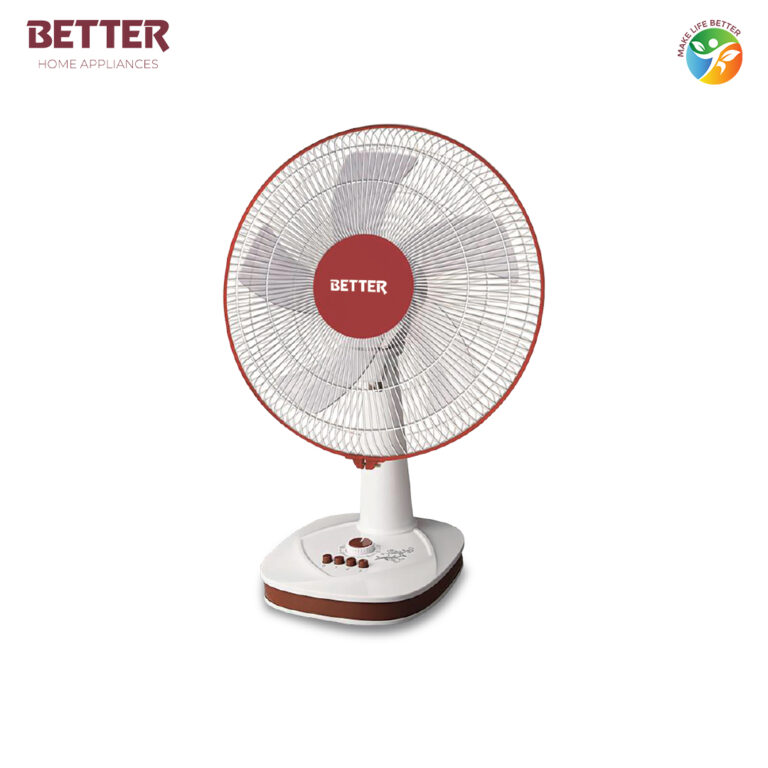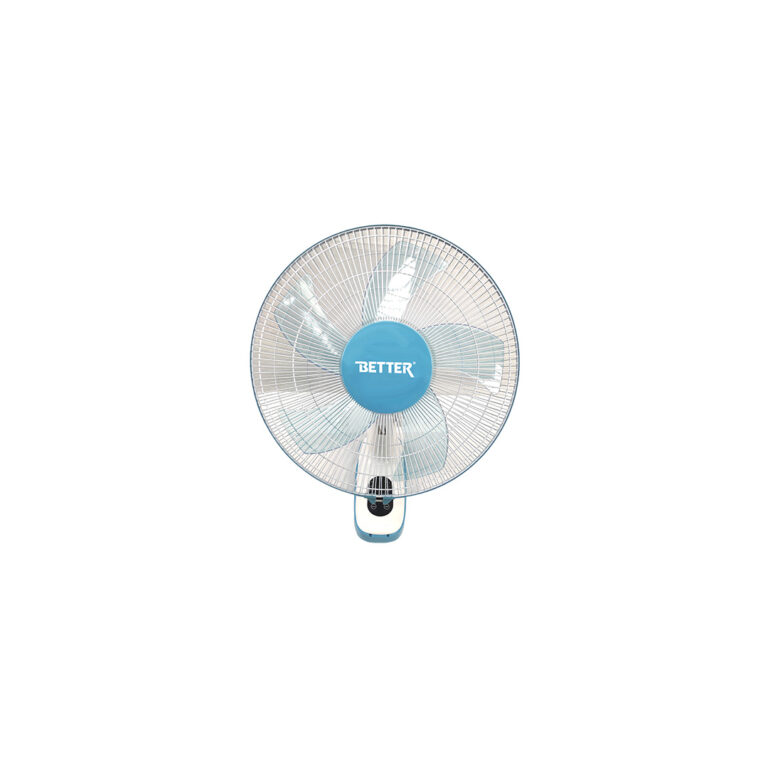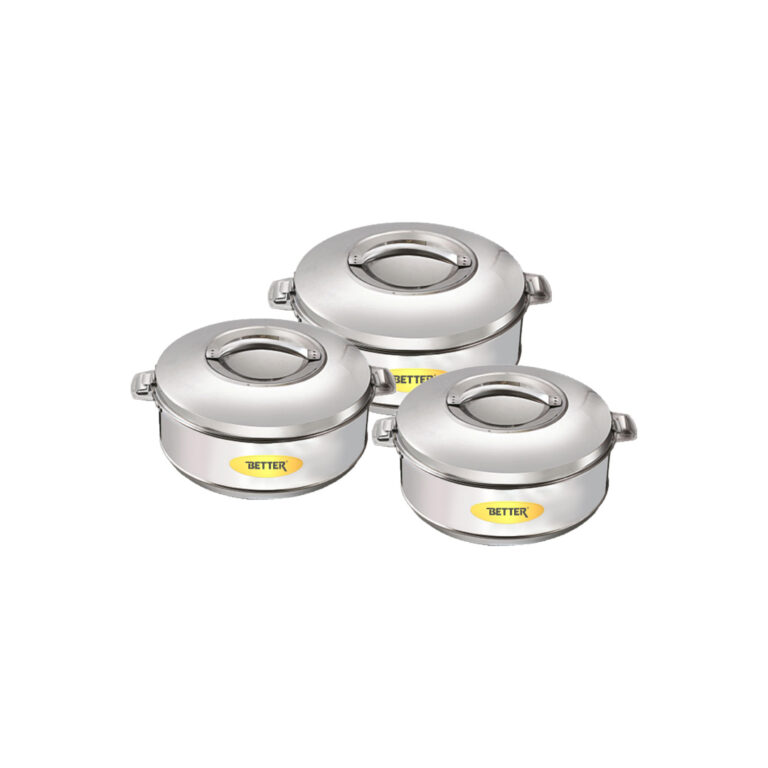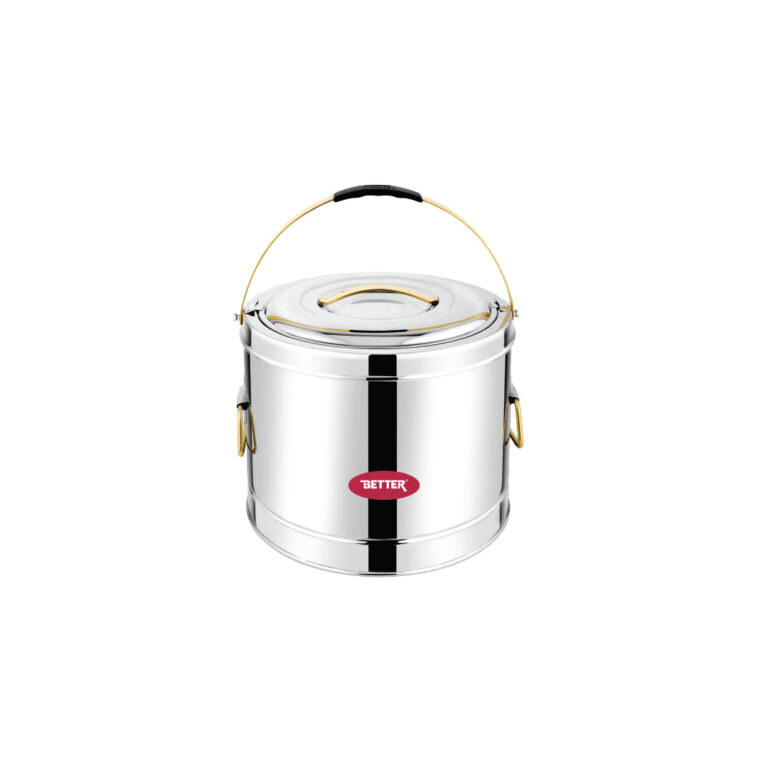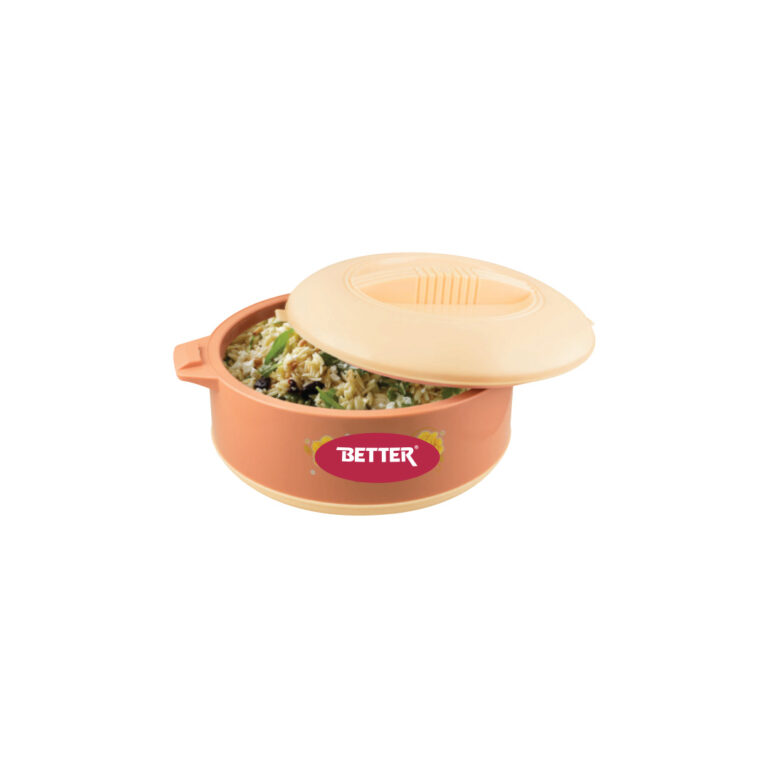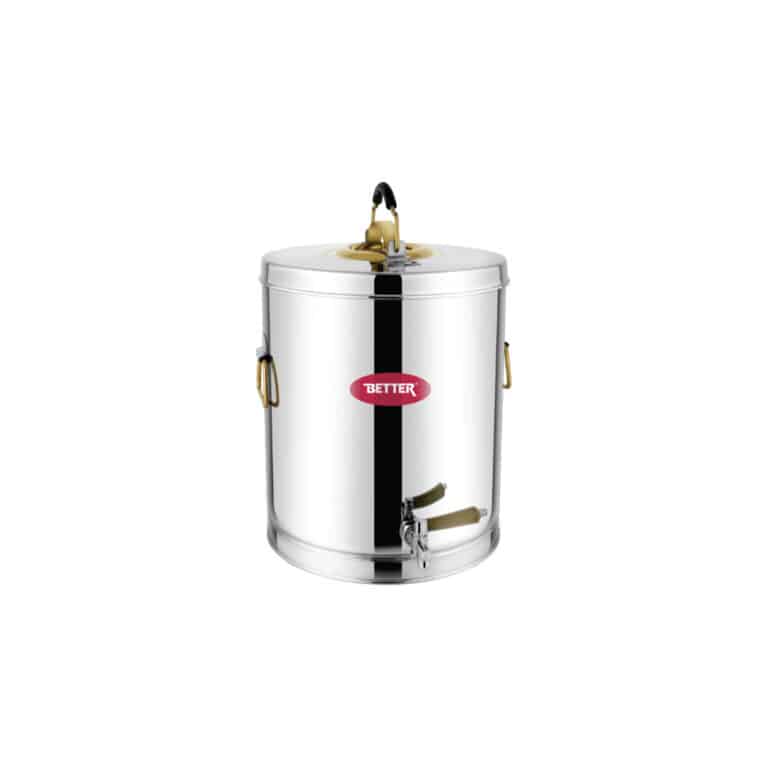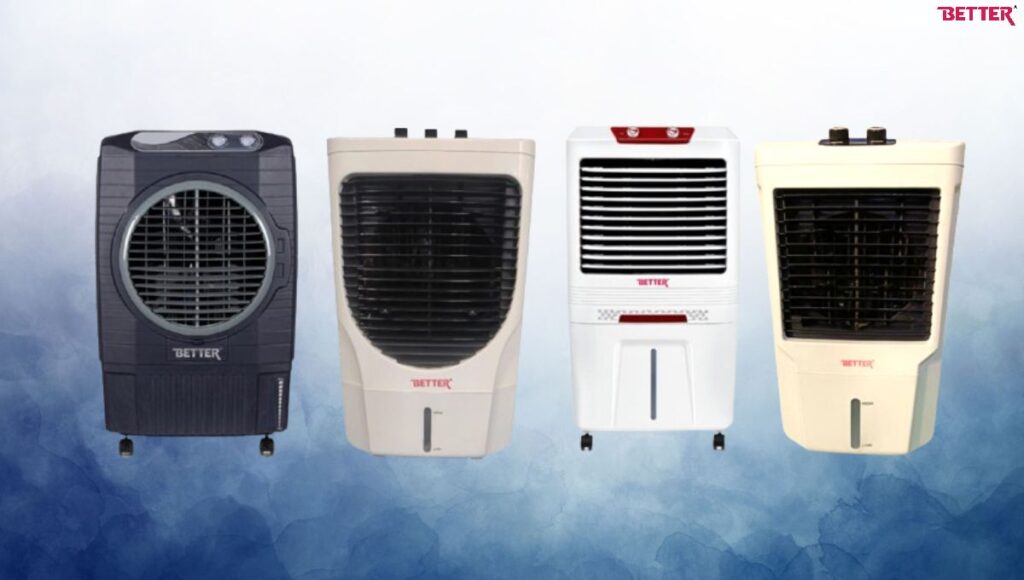

What to do when your fan stops working
May 14, 2024
Share To:
Ah, the humble fan. Our summer saviour, our white noise companion, a constant presence keeping us cool and comfortable. But what happens when that comforting whirring sound ceases, and you’re left staring at a motionless machine? Don’t fret! Before you resign yourself to a sweaty slumber, let’s troubleshoot your fan and get it back in fighting form.
Troubleshooting Your Fan: A Step-by-Step Guide
- The Power Checkup (It’s Simpler Than You Think!)
Sometimes, the culprit behind a non-functional fan is a surprisingly simple one. Here’s what to do with a little more detail:
- Is it plugged in? Double-check that the cord is firmly inserted into both the outlet and the fan itself.
- Is the outlet working? Plug another appliance, like a lamp, into the same outlet. If the lamp doesn’t turn on, the issue might lie with the outlet itself. Try plugging the fan into a different outlet to see if it works there.
- Is the switch on? This seems obvious, but a quick flick of the switch (or a button press on a remote control) might be all it takes.
- Blown Fuse Blues
Some fans, particularly older models, have a built-in fuse that acts as a safety mechanism. It protects the motor from electrical surges that could damage it. If the fuse blows, the fan won’t receive the power it needs to function.
- Consult your fan’s manual: The location of the fuse compartment (usually near the plug) and instructions on how to replace it will be specific to your fan model. Most manuals will also specify the type and size of replacement fuse needed. Don’t attempt to replace the fuse with one that isn’t the exact match – this could pose a safety hazard as a different fuse rating might not provide adequate protection for the motor.
- Proceed with Caution: If you’re unfamiliar with electrical components or feel uncomfortable replacing the fuse yourself, there’s no shame in seeking help. Consult a qualified electrician who can safely replace the fuse and ensure your fan is functioning properly. They can also check for any underlying electrical issues that might have caused the fuse to blow in the first place.
- The Cleanliness Conundrum
Just like any other machine, fans can suffer from dust buildup. A clogged motor or dusty blades can hinder performance and even cause the fan to overheat and shut down. Here’s how to give your fan a well-deserved clean and improve its efficiency:
- Unplug the fan first! Safety is paramount when dealing with electrical appliances. Make sure the fan is completely disconnected from the power source before you begin cleaning.
- Wipe down the blades: Use a damp cloth to gently remove dust and grime from both sides of the blades. You can also use a microfiber cloth for a streak-free shine. For those hard-to-reach corners, consider using a cotton swab dipped in rubbing alcohol (be sure to wring out any excess liquid before touching the blades). Built-up grime on the blades can throw off the balance of the fan, leading to wobbling and noise. Regular cleaning helps the fan run smoother and quieter.
- Tackle the motor housing: Use the vacuum cleaner with a soft brush attachment to remove dust from the motor housing vents. Be gentle and avoid touching any internal components. A clogged motor can cause the fan to overheat and malfunction, so this step is crucial for maintaining optimal performance. Some fan models might have removable grills or panels that provide better access to the motor housing for more thorough cleaning. Consult your user manual for specific instructions on disassembling and reassembling these parts
- Loose Connections and Wobbly Parts
Over time, vibrations can loosen screws and connections within the fan. This can lead to erratic operation or complete shutdown.
- Tighten it up: Gently tighten any loose screws you find on the fan’s body, blade assembly, or oscillation mechanism. Refer to your user manual for specific locations.
- Beware of over-tightening: Excessive force can damage the threads or components.
- Fanatic About Functioning (When Things Get More Complex)
If you’ve tried all the above and your fan remains uncooperative, the issue might lie with the motor itself, the switch, or internal wiring. Here’s what to do next:
- Consult the manual: Your user manual might have troubleshooting tips specific to your fan model. It could also provide instructions for disassembling the fan for further inspection (though proceed with caution if you’re not comfortable with electrical components).
- Seek professional help: If you’re not confident tinkering with the internal workings of the fan, consider taking it to a qualified appliance repair person. They can diagnose the problem and provide an expert opinion on repair or replacement.
Preventive Maintenance: Keeping Your Cool Throughout the Season
A little TLC goes a long way in ensuring your fan enjoys a long and healthy lifespan. Here are some habits to adopt:
- Regular Cleaning: Make it a habit to dust your fan blades and housing at least once a month, especially during peak usage periods.
- Location, Location, Location: Avoid placing your fan in dusty environments or near sources of heat, which can contribute to faster wear and tear.
- Power Fluctuations: If your area experiences frequent power surges, consider plugging your fan into a surge protector to safeguard it from electrical damage.
- Listen Up!: Pay attention to any unusual noises coming from the fan. A grinding sound might indicate a lubrication issue, while a burning smell could signify a more serious problem. Addressing these issues promptly can prevent further damage.
- Overheating Alert: Don’t block the airflow around your fan. This can cause the motor to overheat and shut down.
Conclusion
In conclusion, while a motionless fan might signal disaster, don’t break a sweat just yet! By following this guide, you can troubleshoot common fan problems and get your cool breeze back in action. Remember, preventative maintenance goes a long way, so keep your fan clean, strategically placed, and invest in a surge protector if needed. And if it’s finally time to say goodbye to your old friend, choose your new fan wisely by considering factors like size, features, and energy efficiency. With a little know-how and the right choice, you can choose your perfect fan & ensure cool comfort for many seasons to come.
Related Blogs

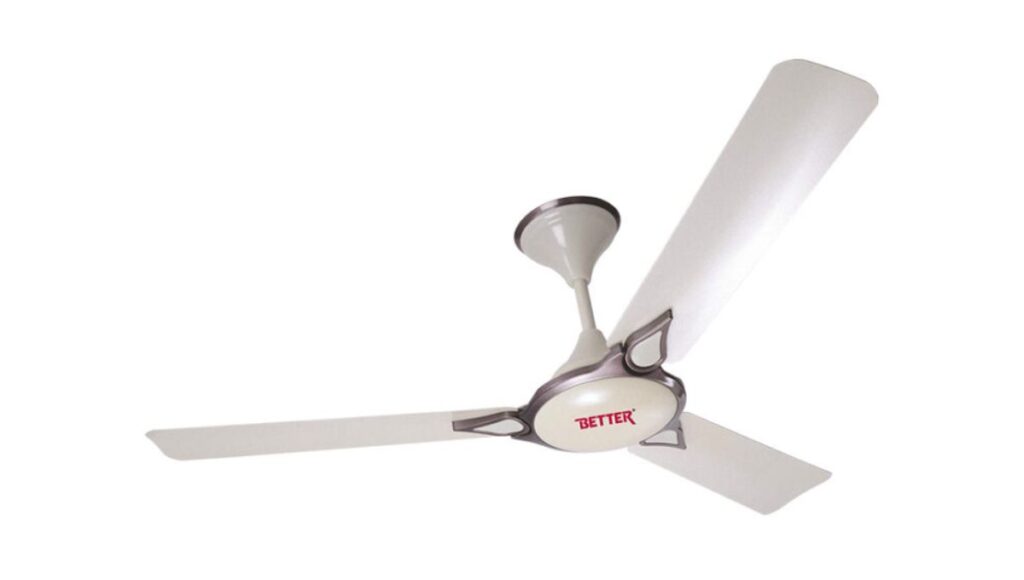
How to connect a ceiling fan?





